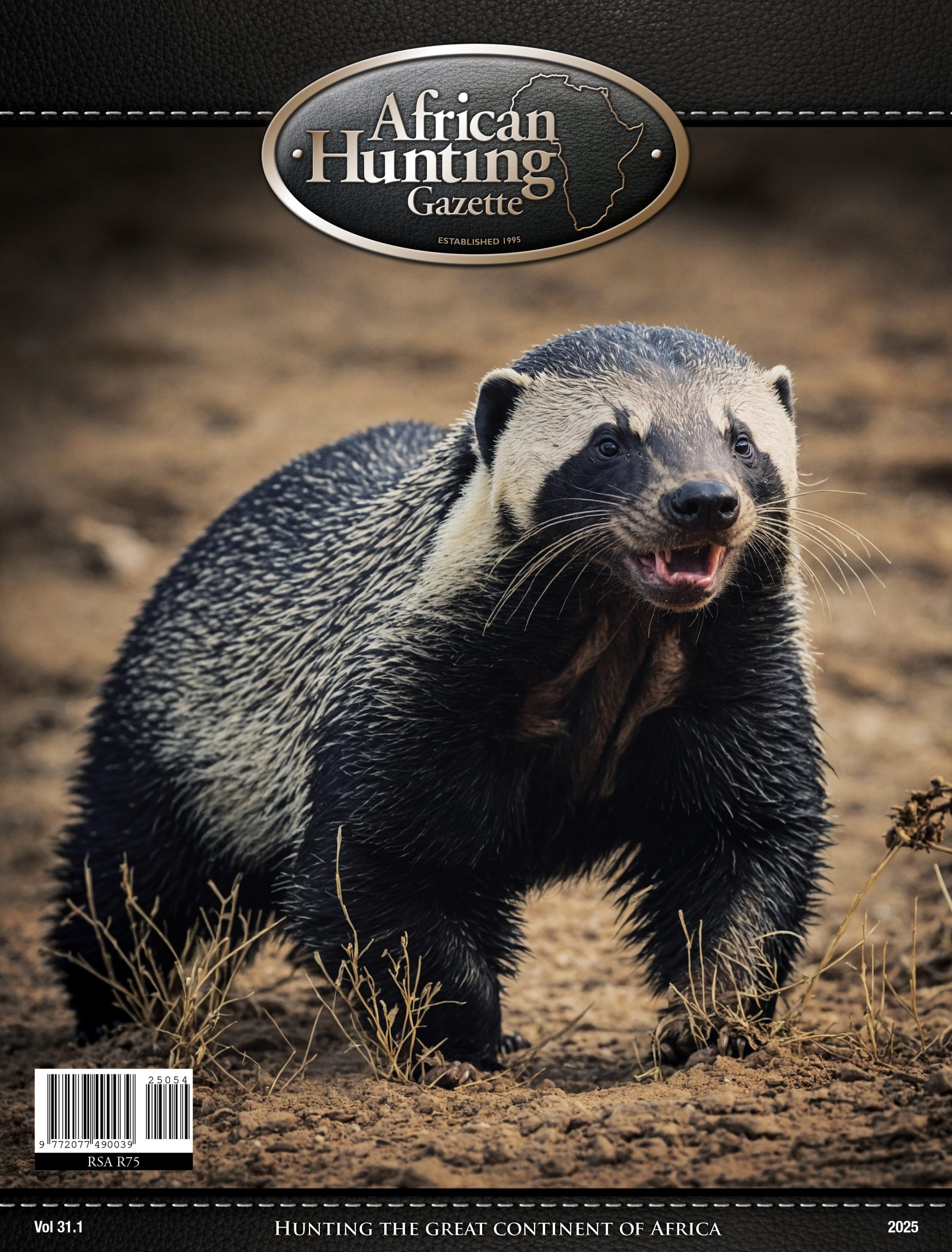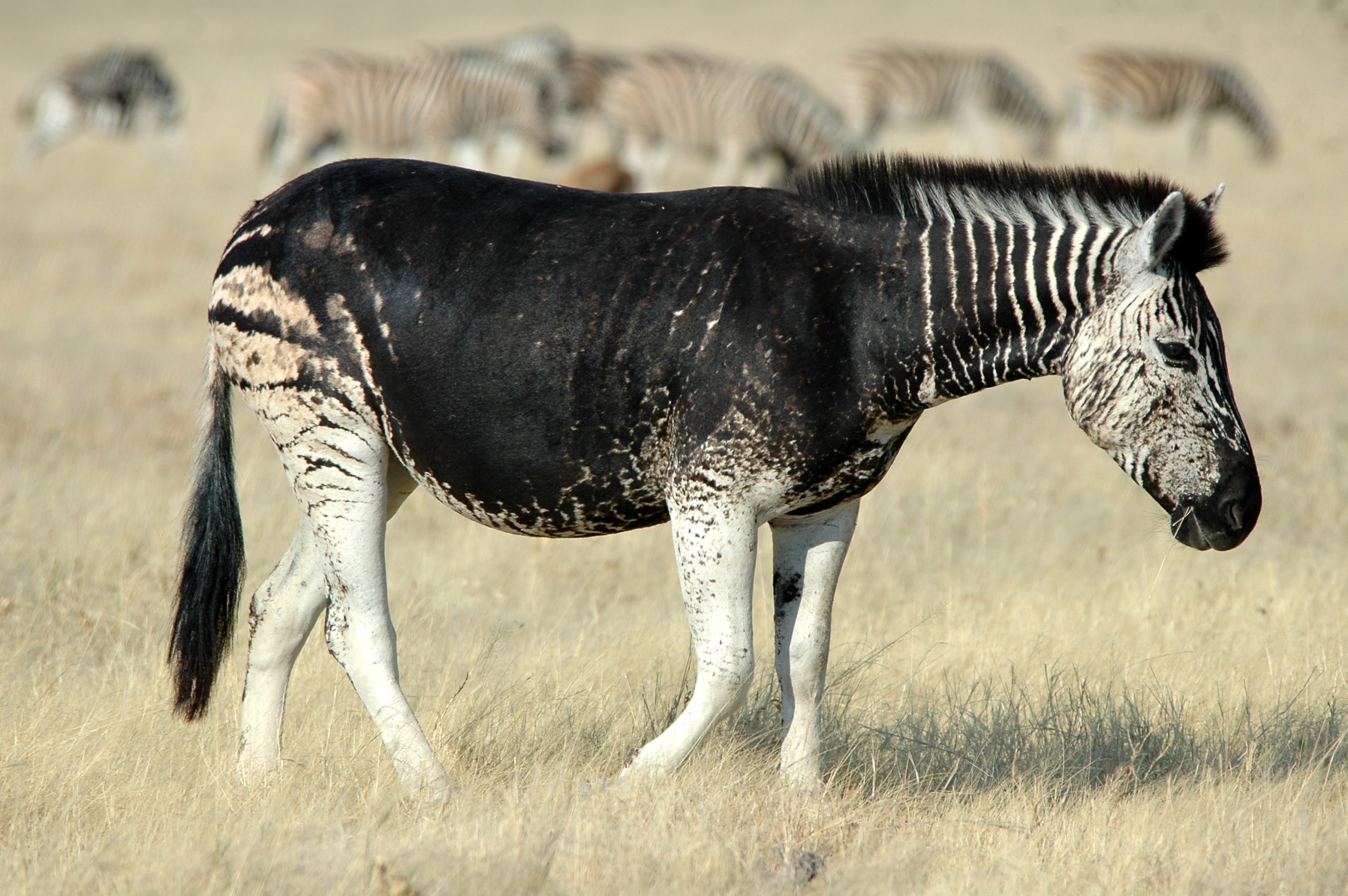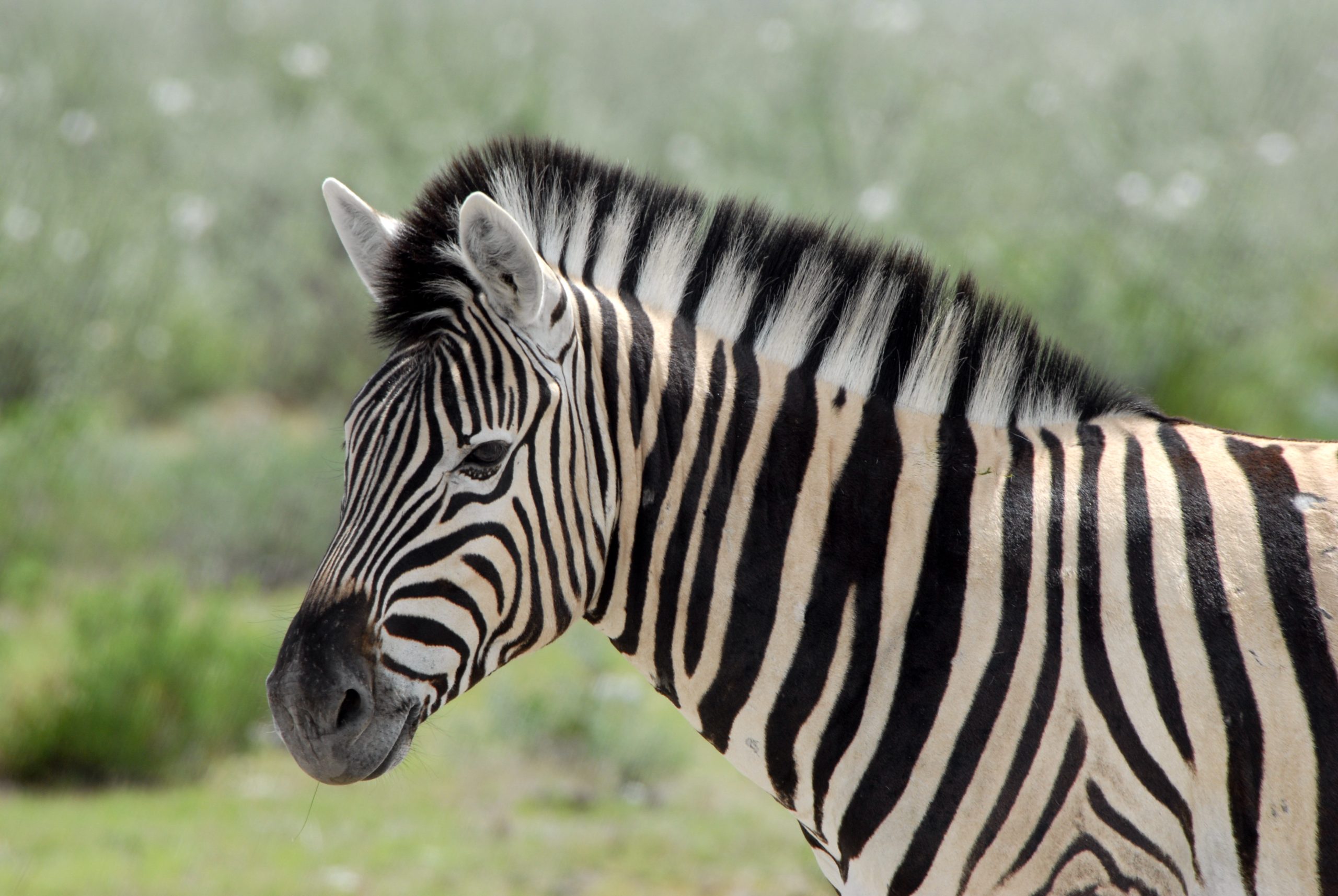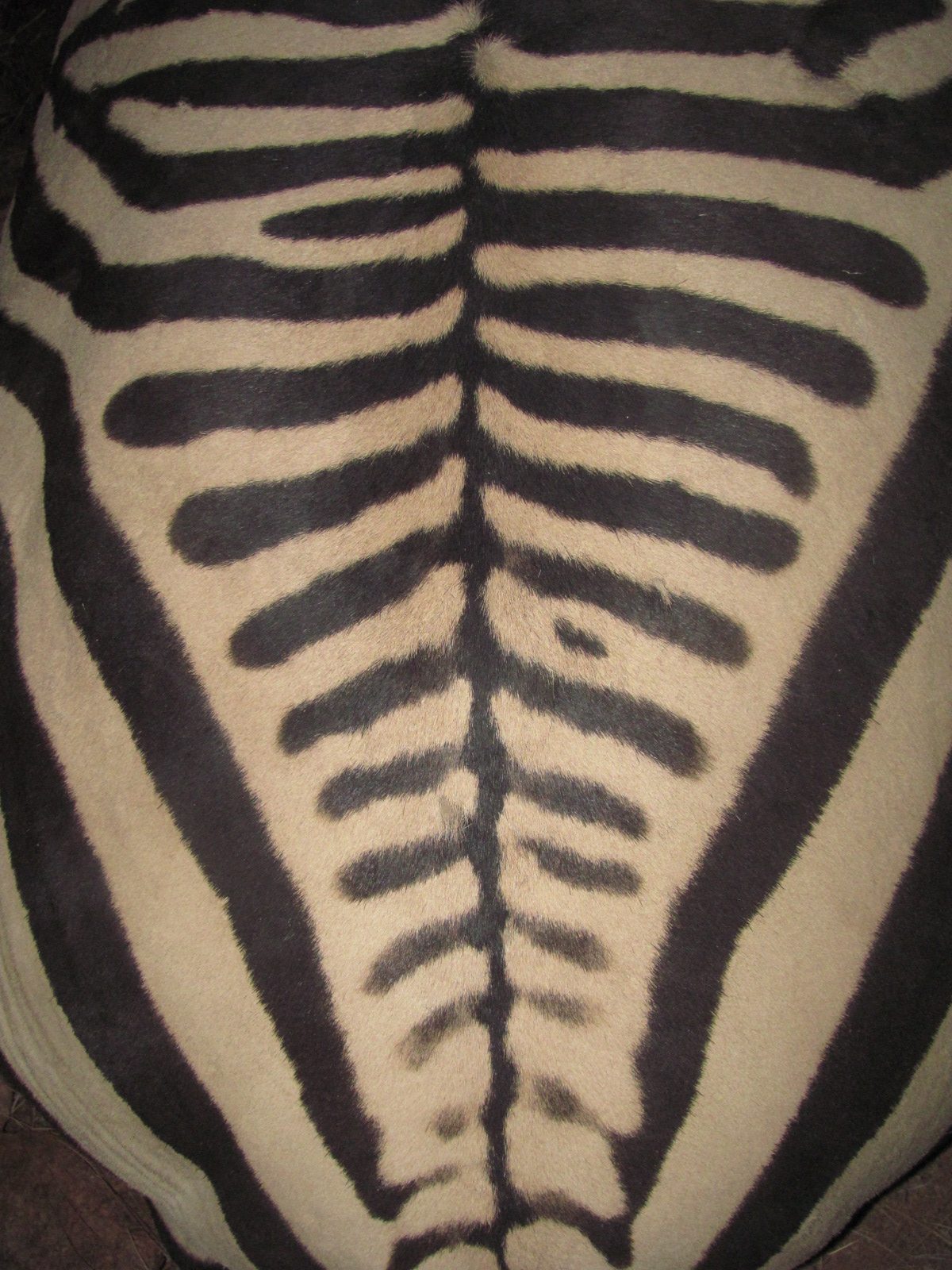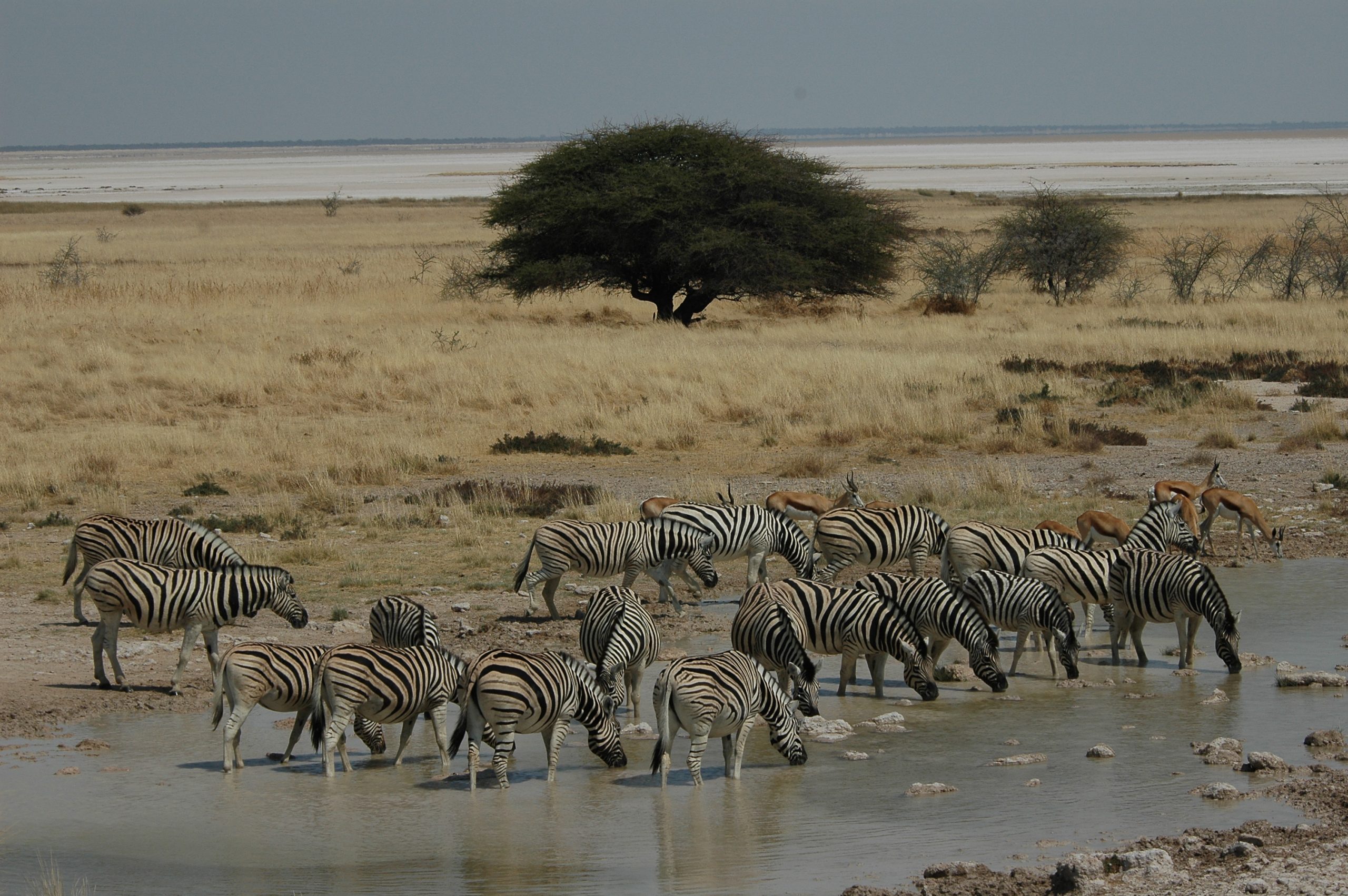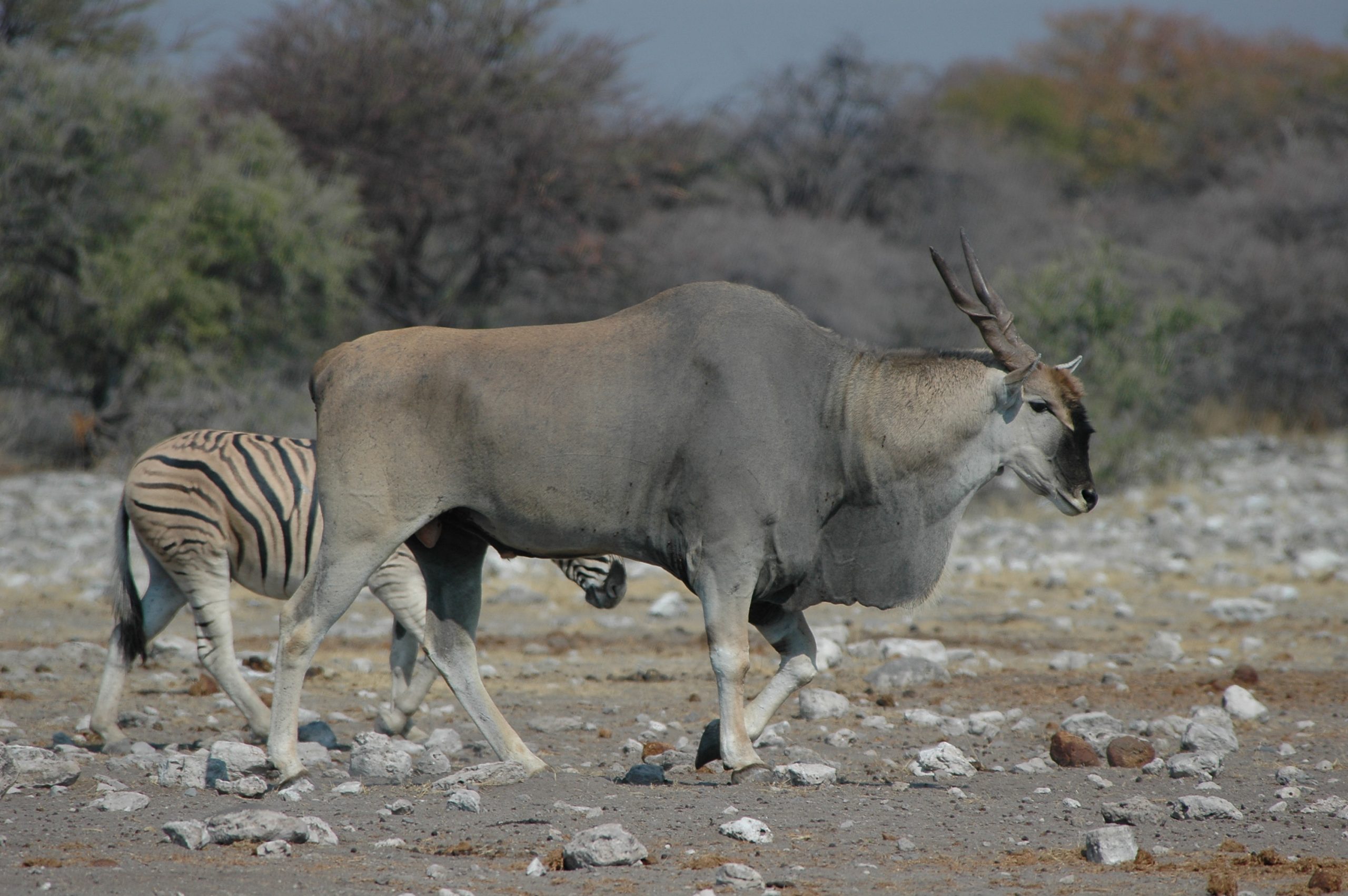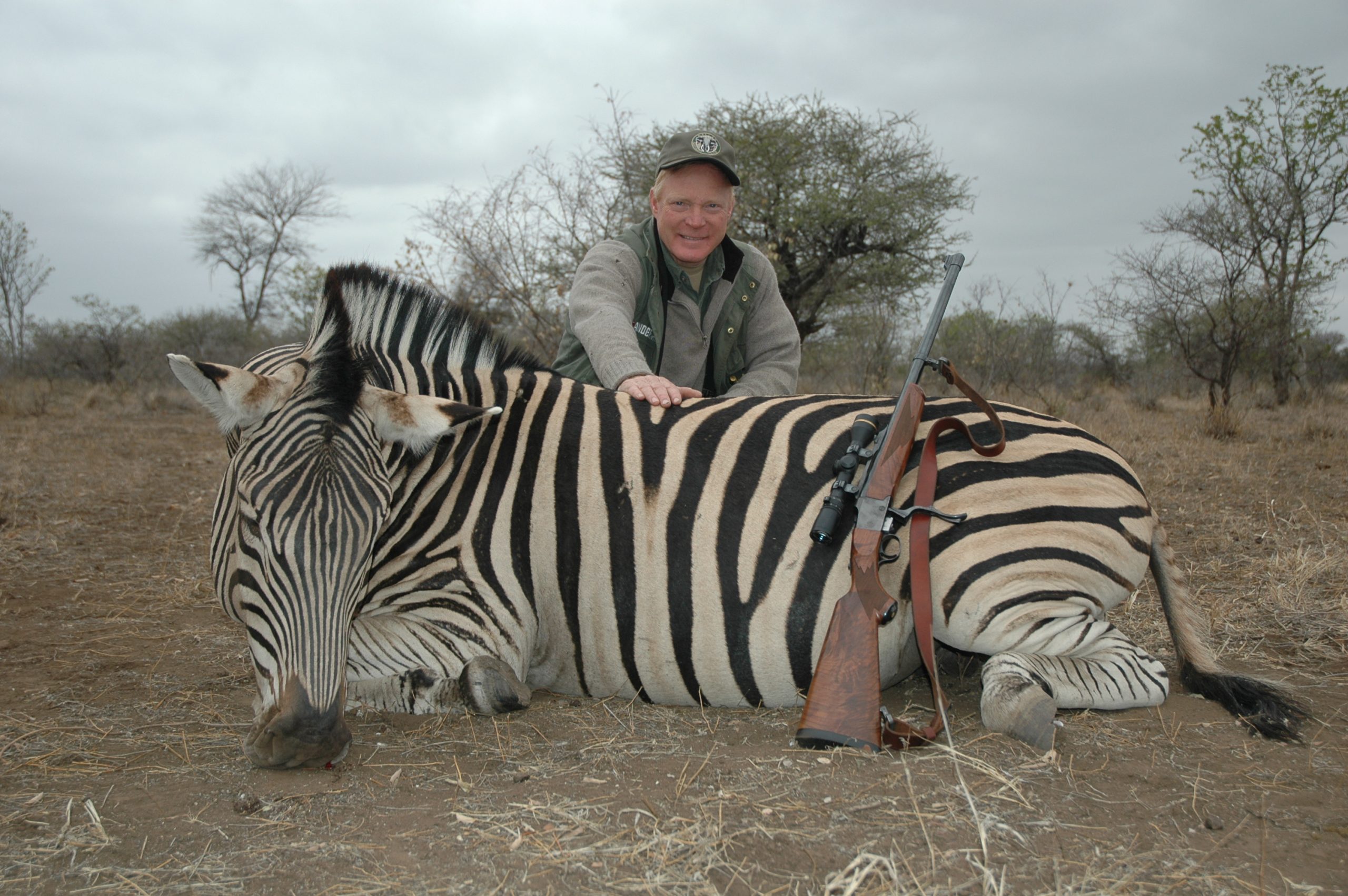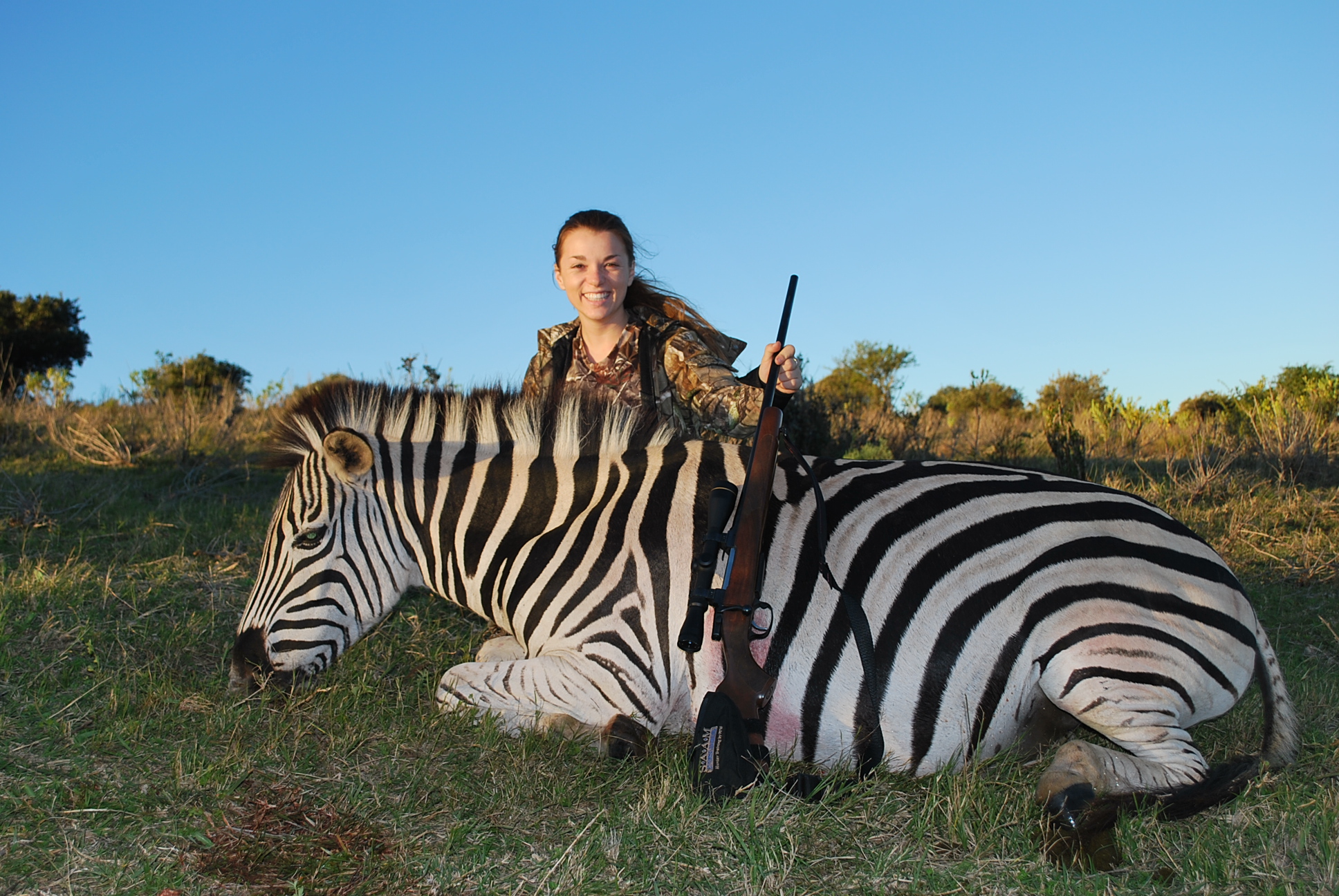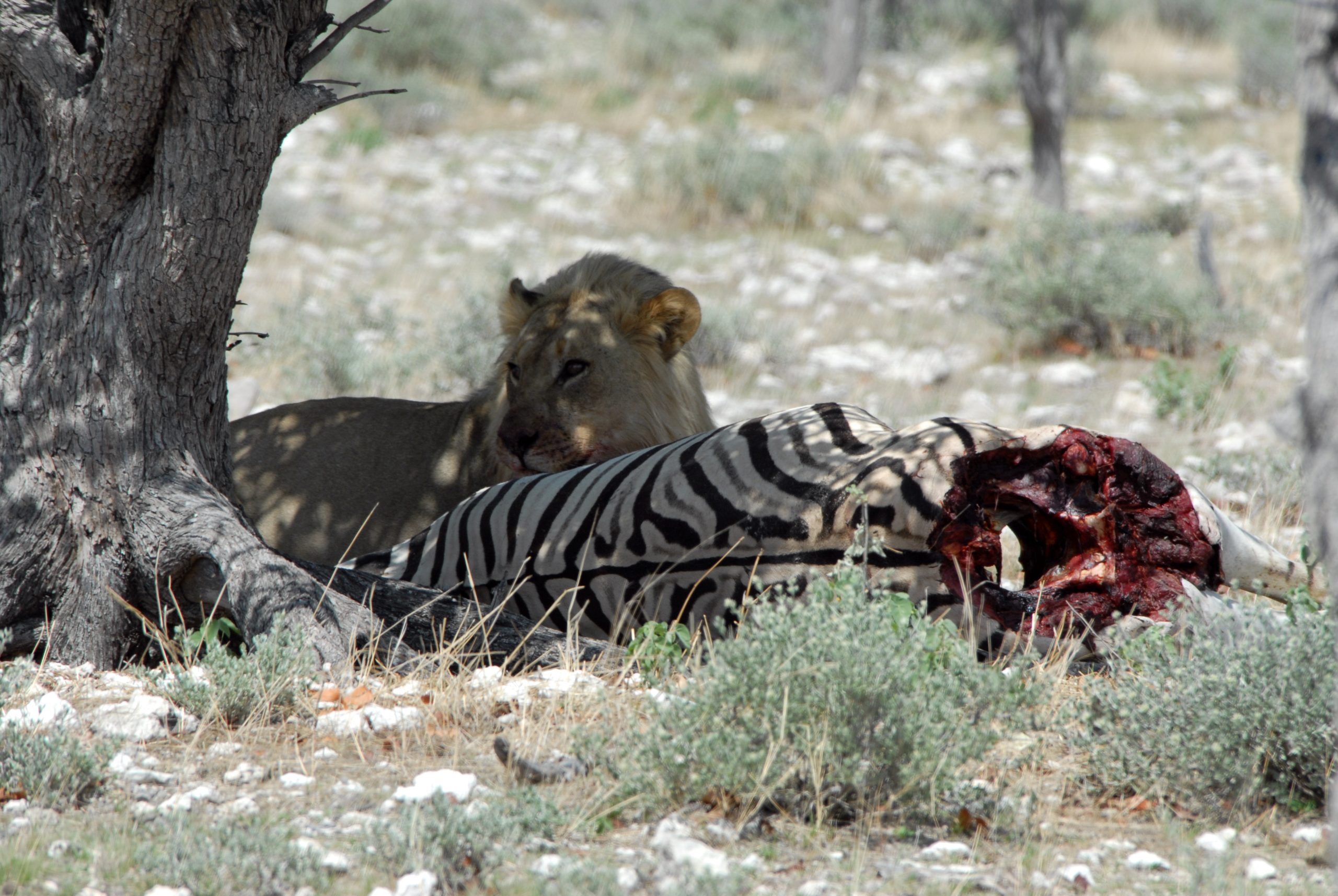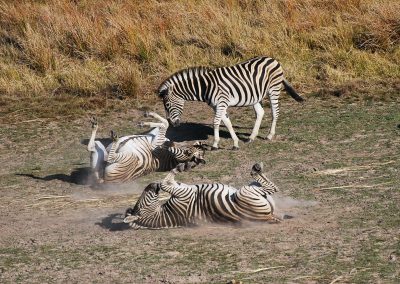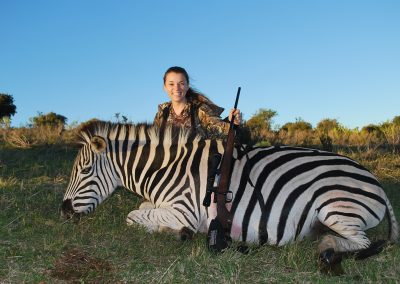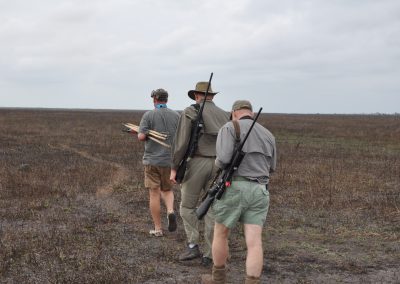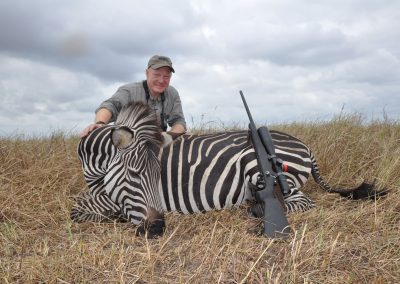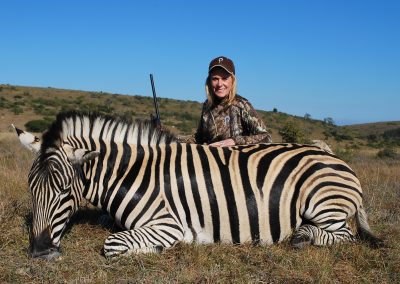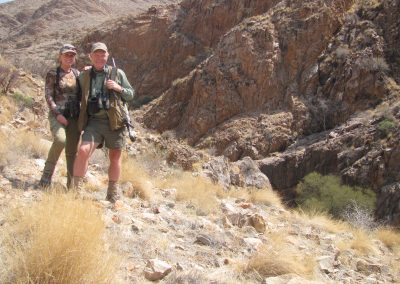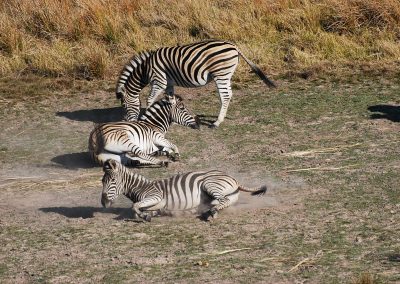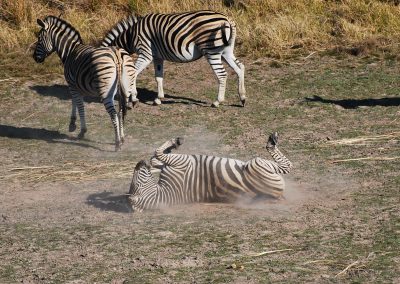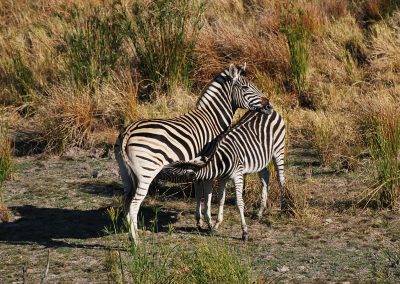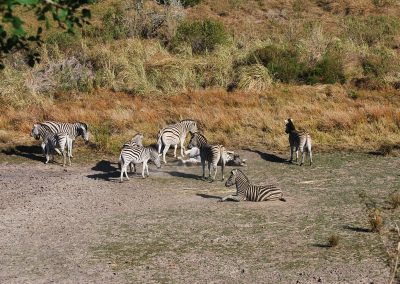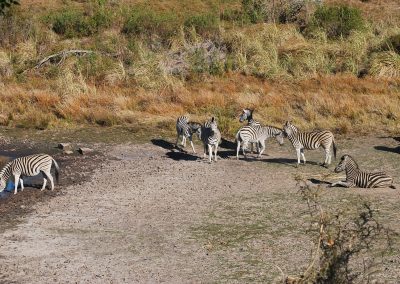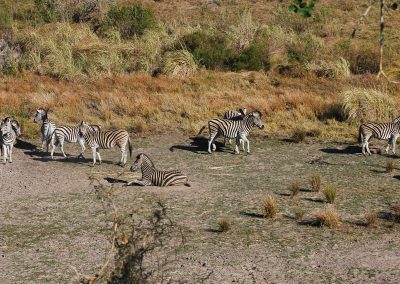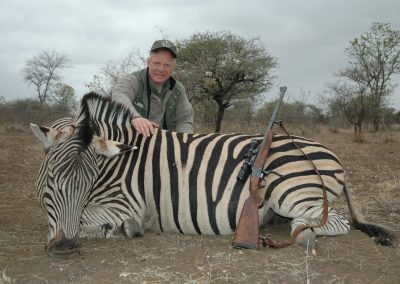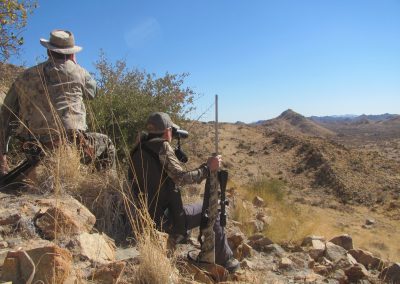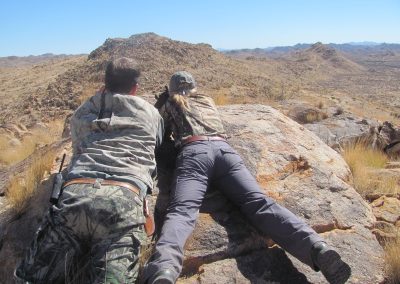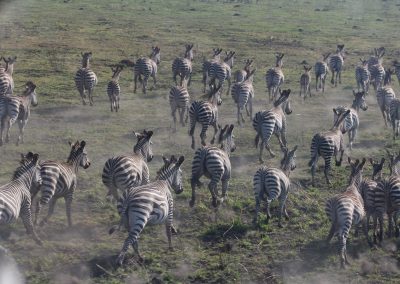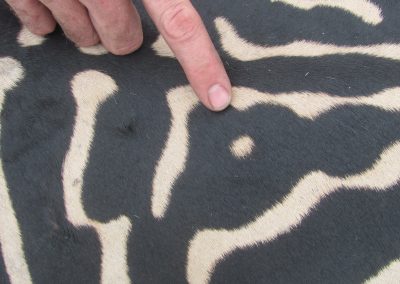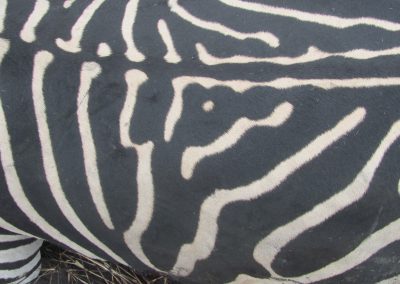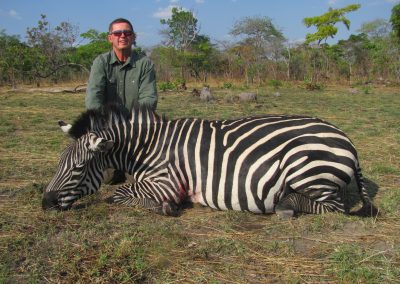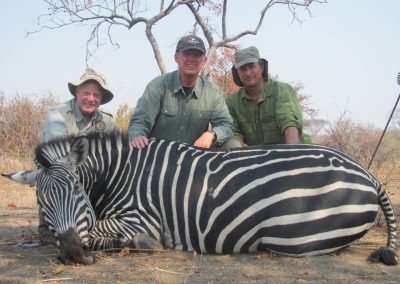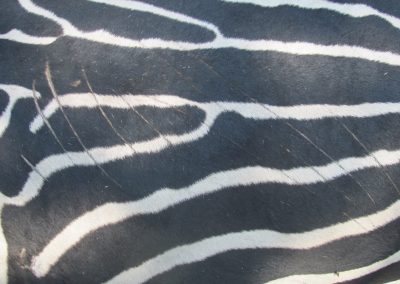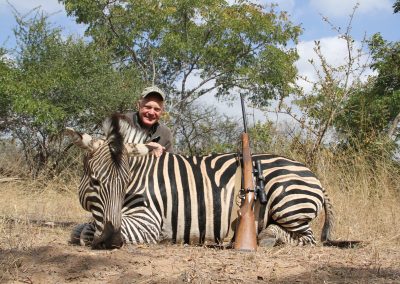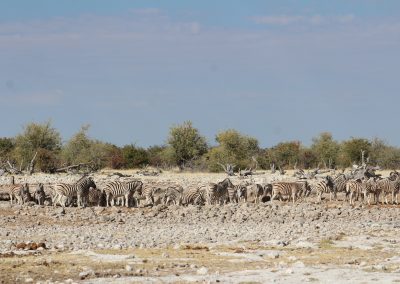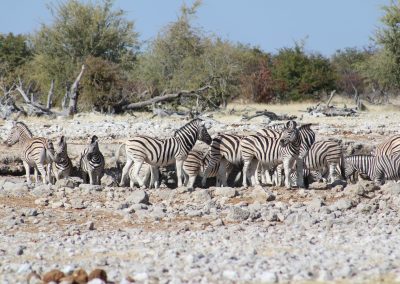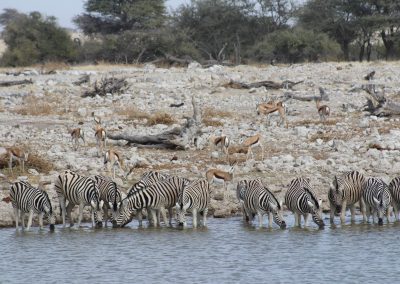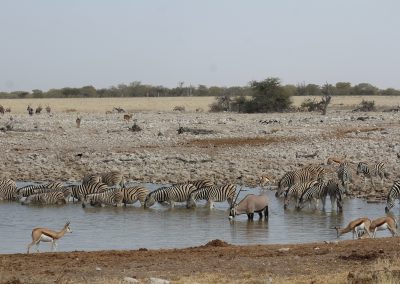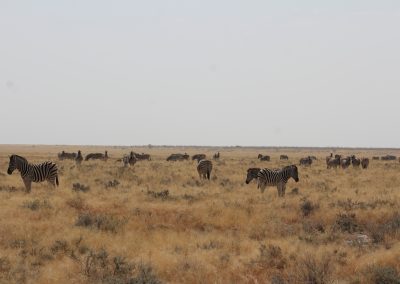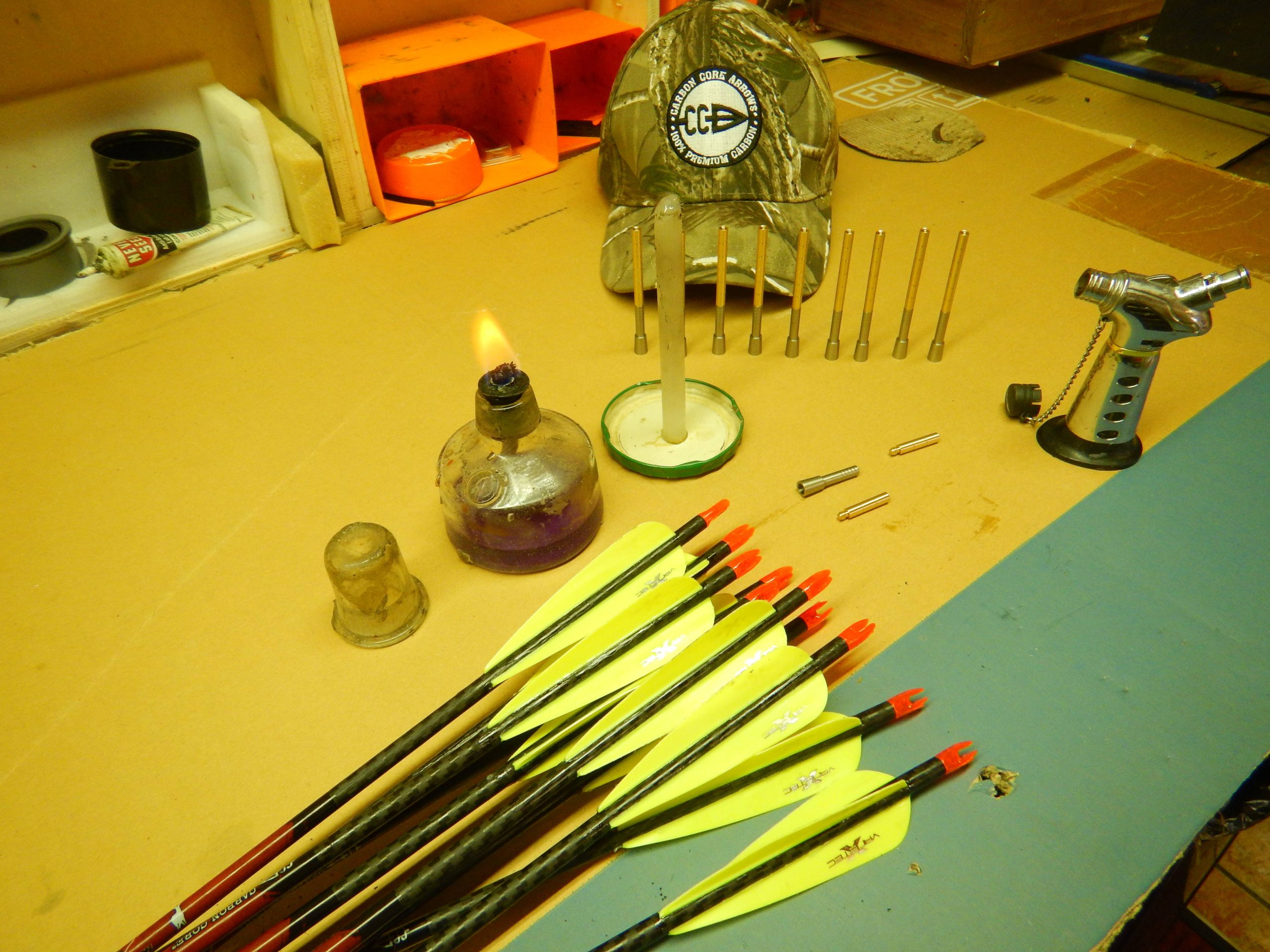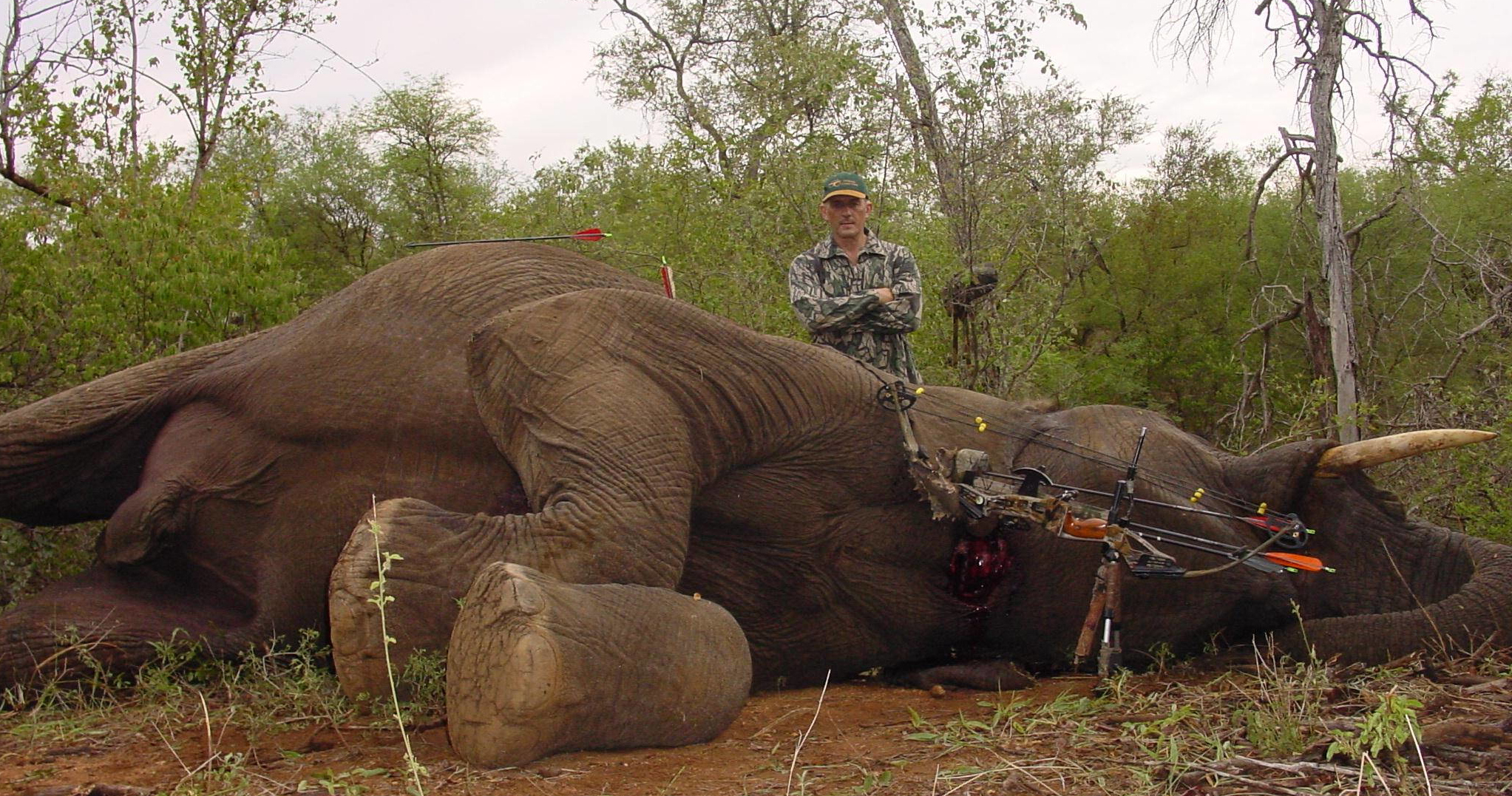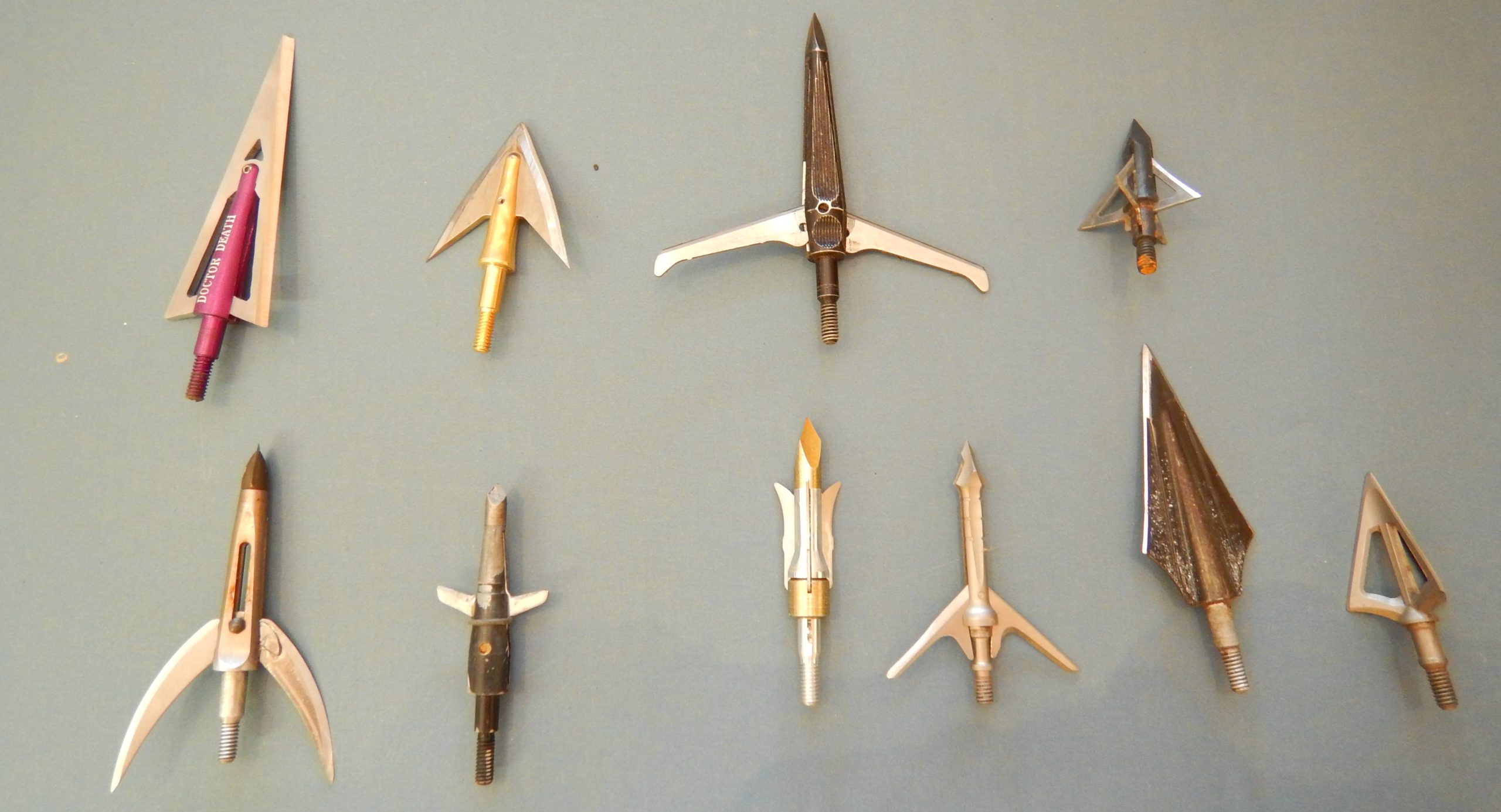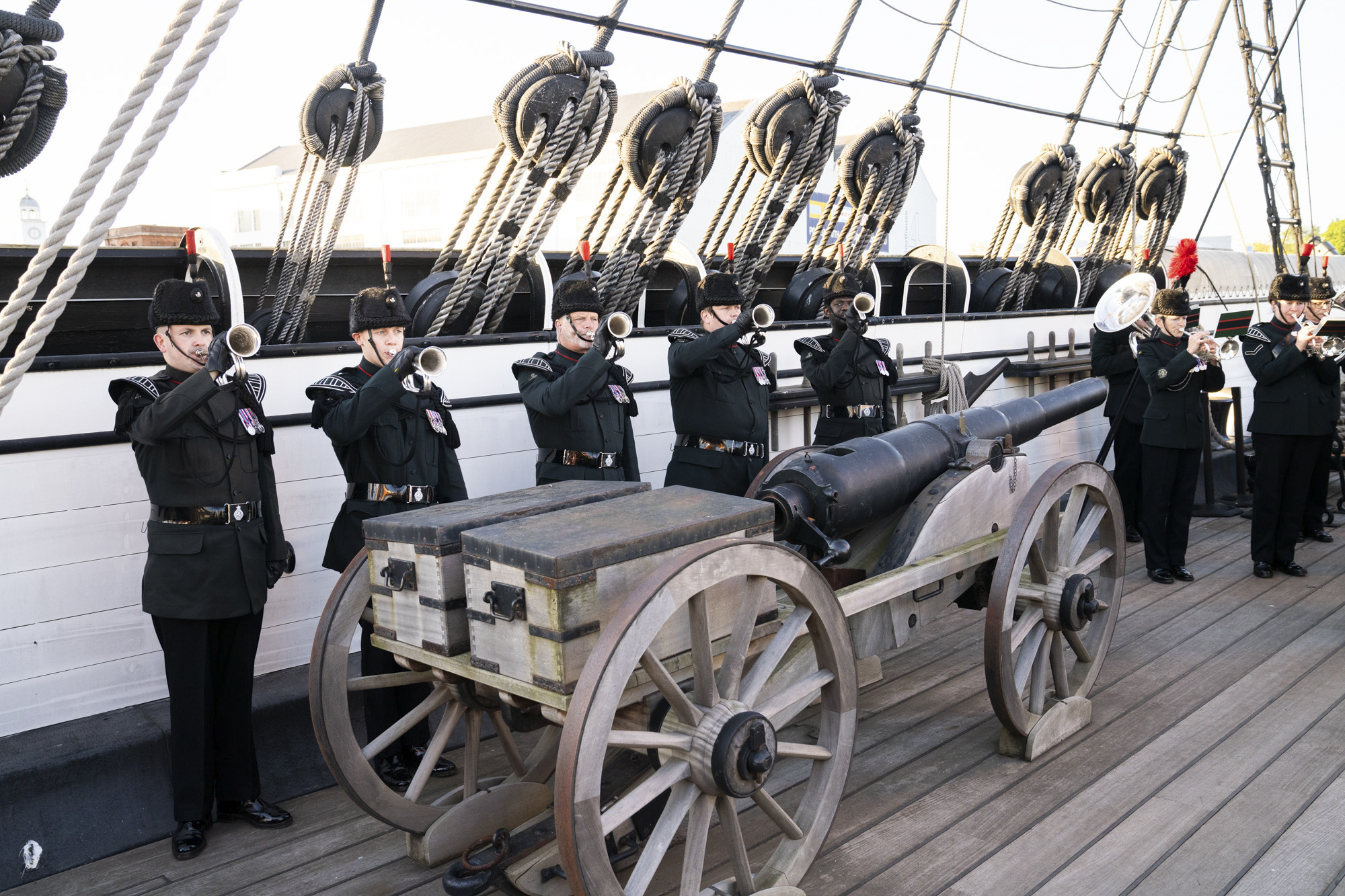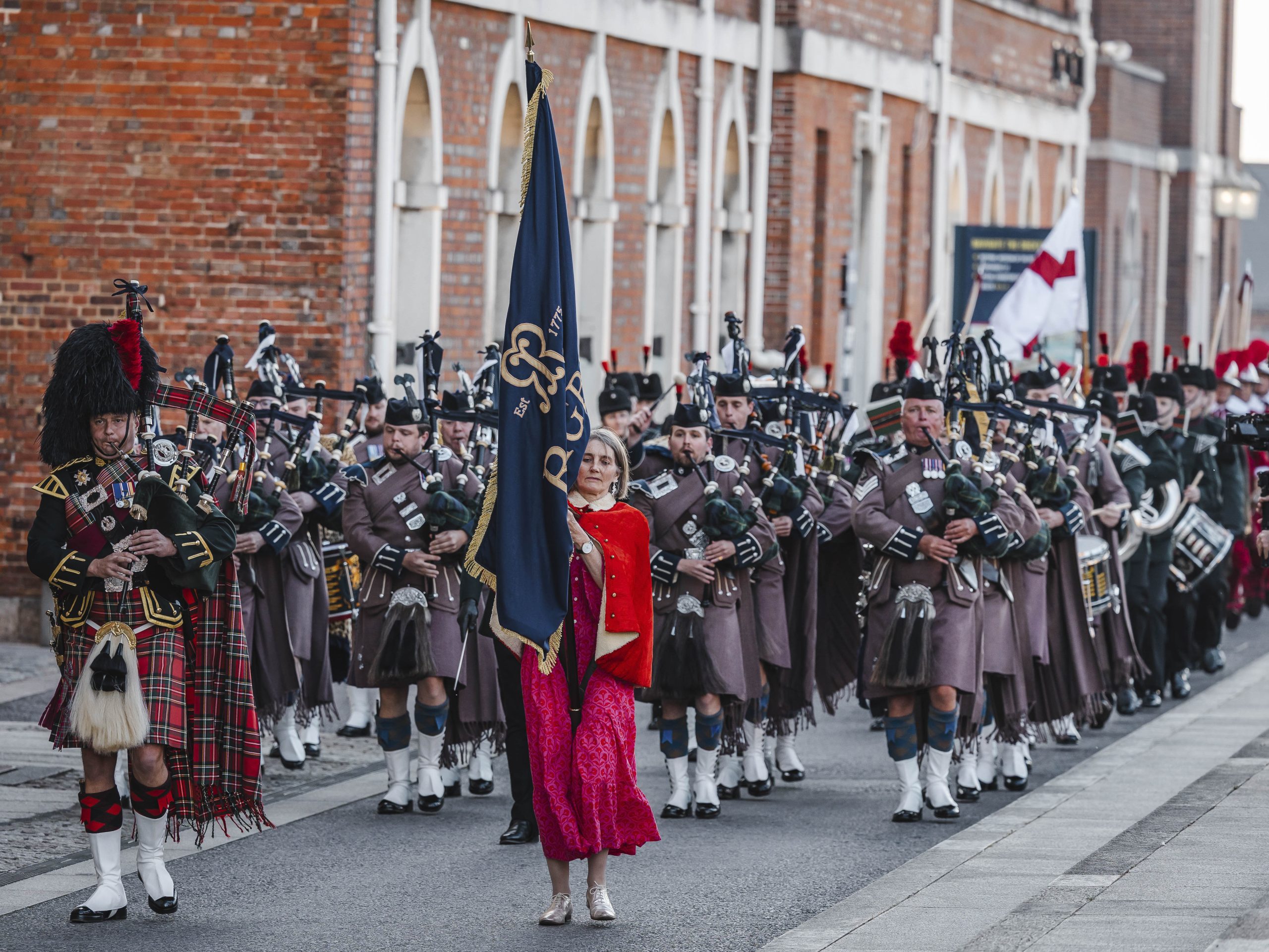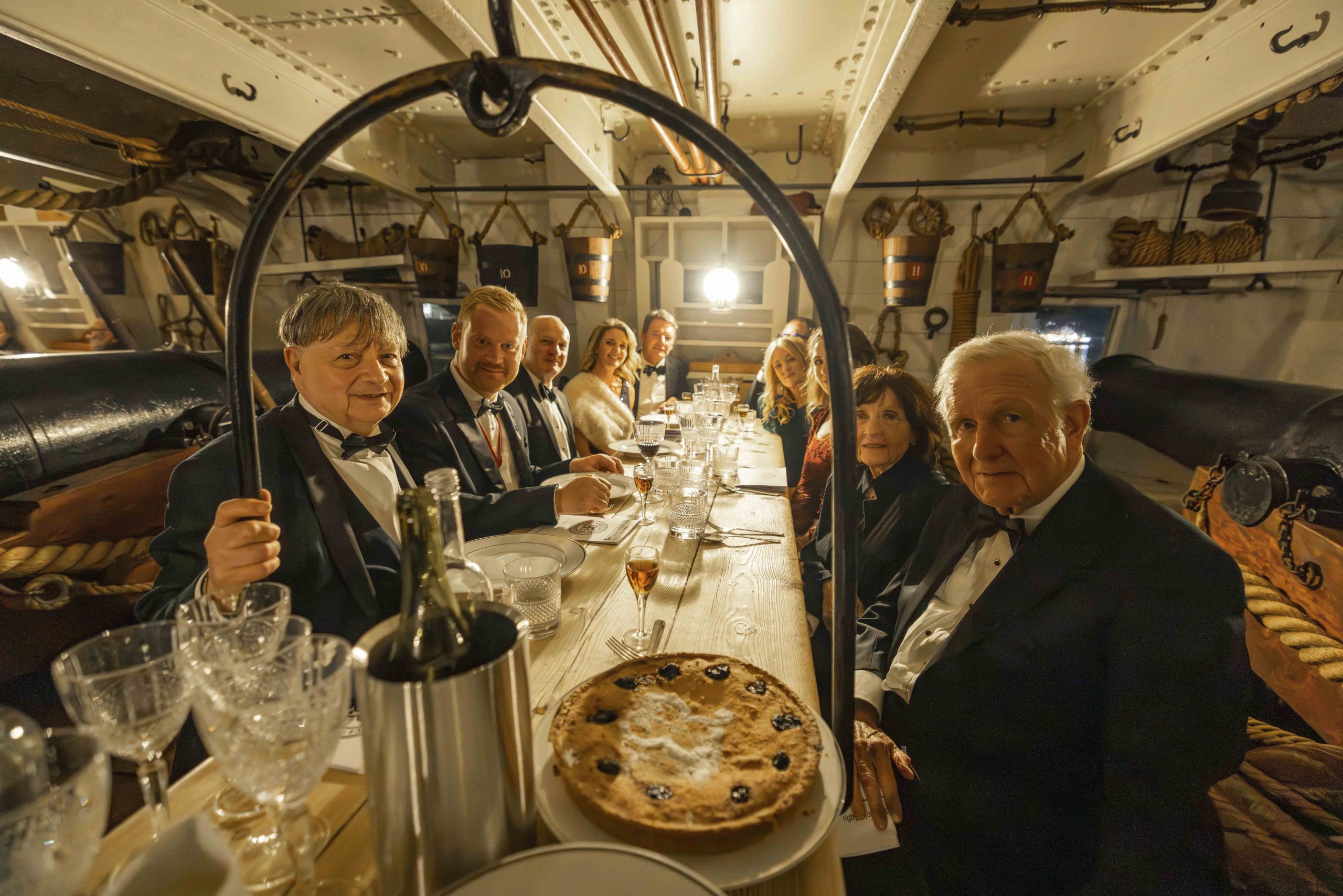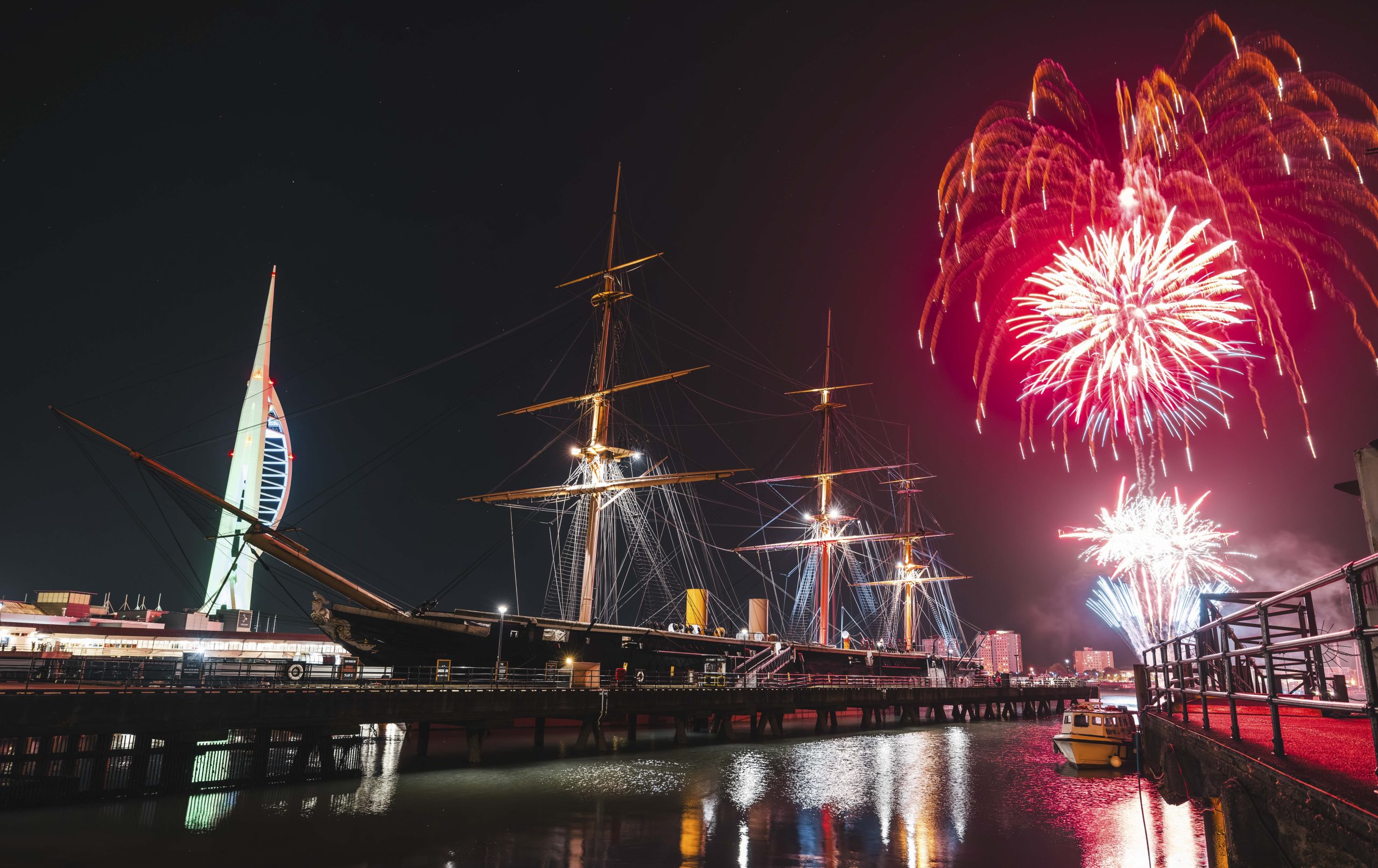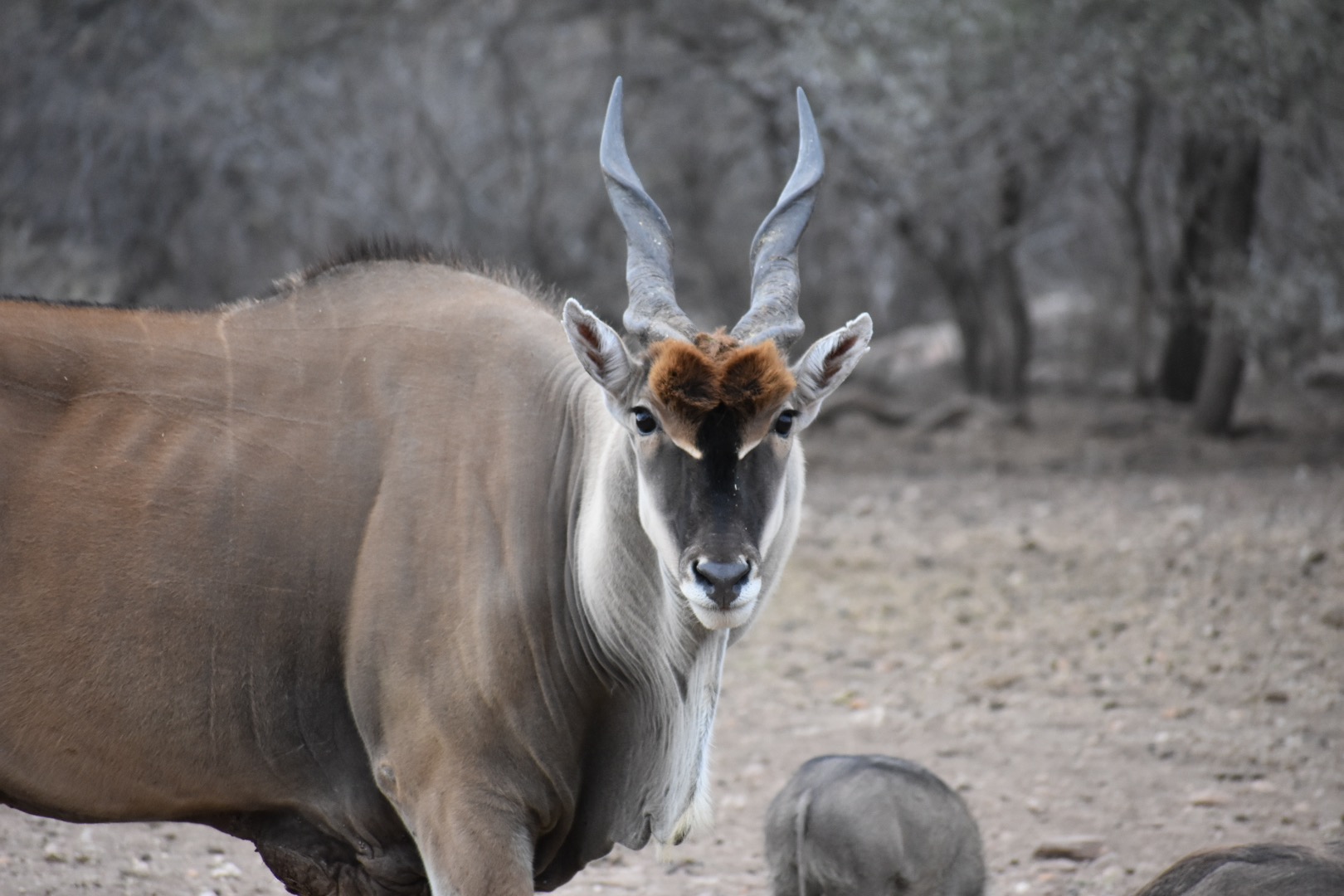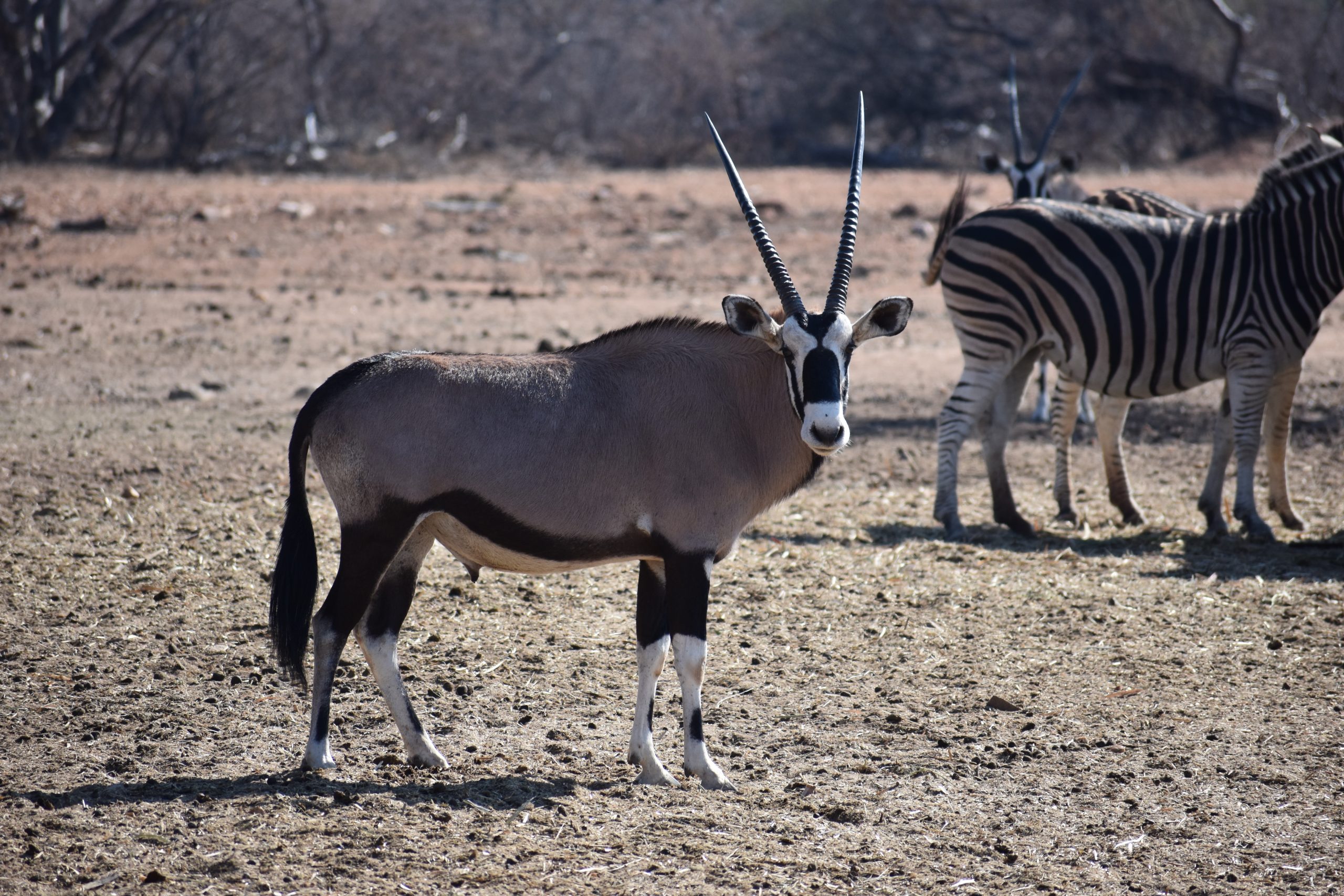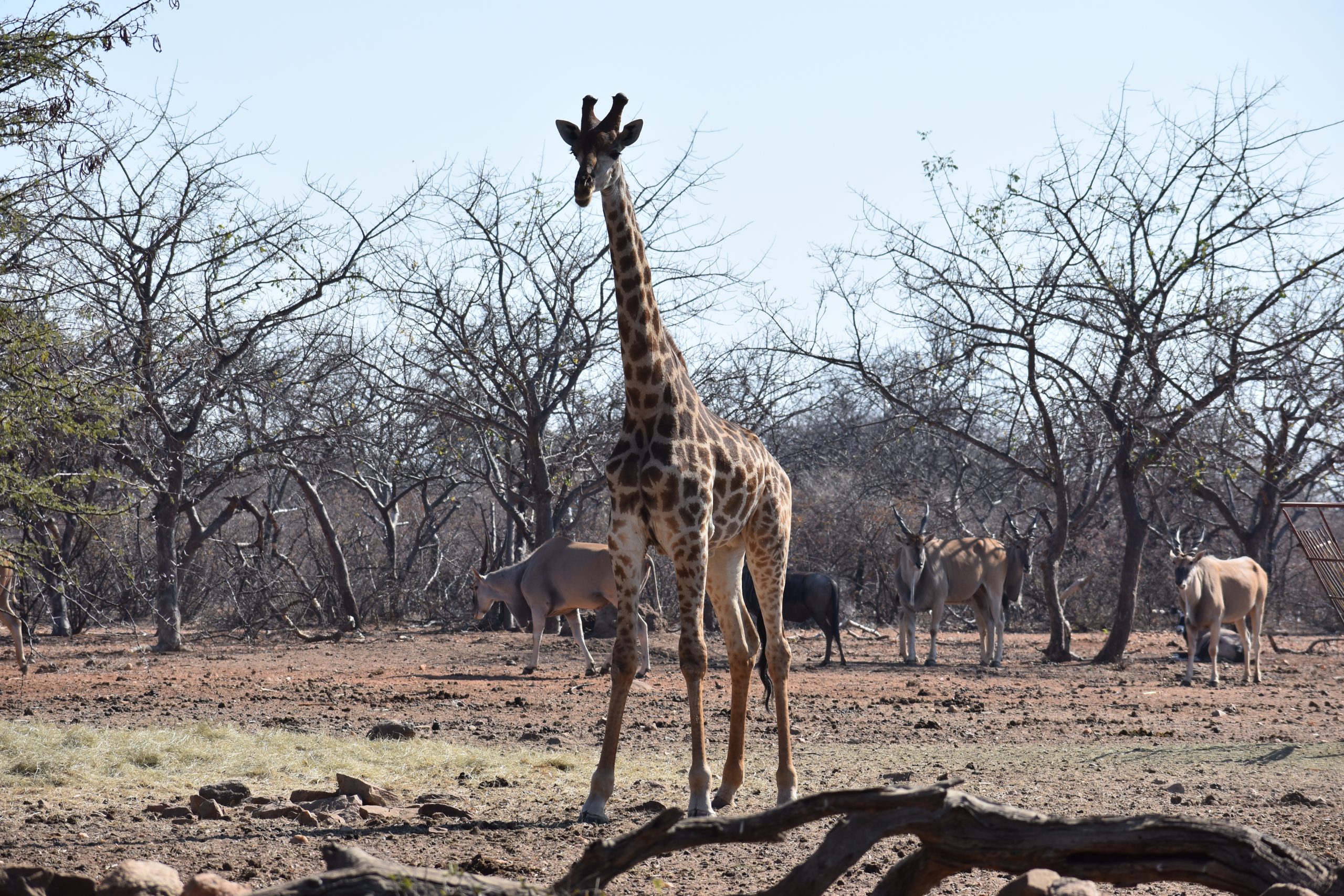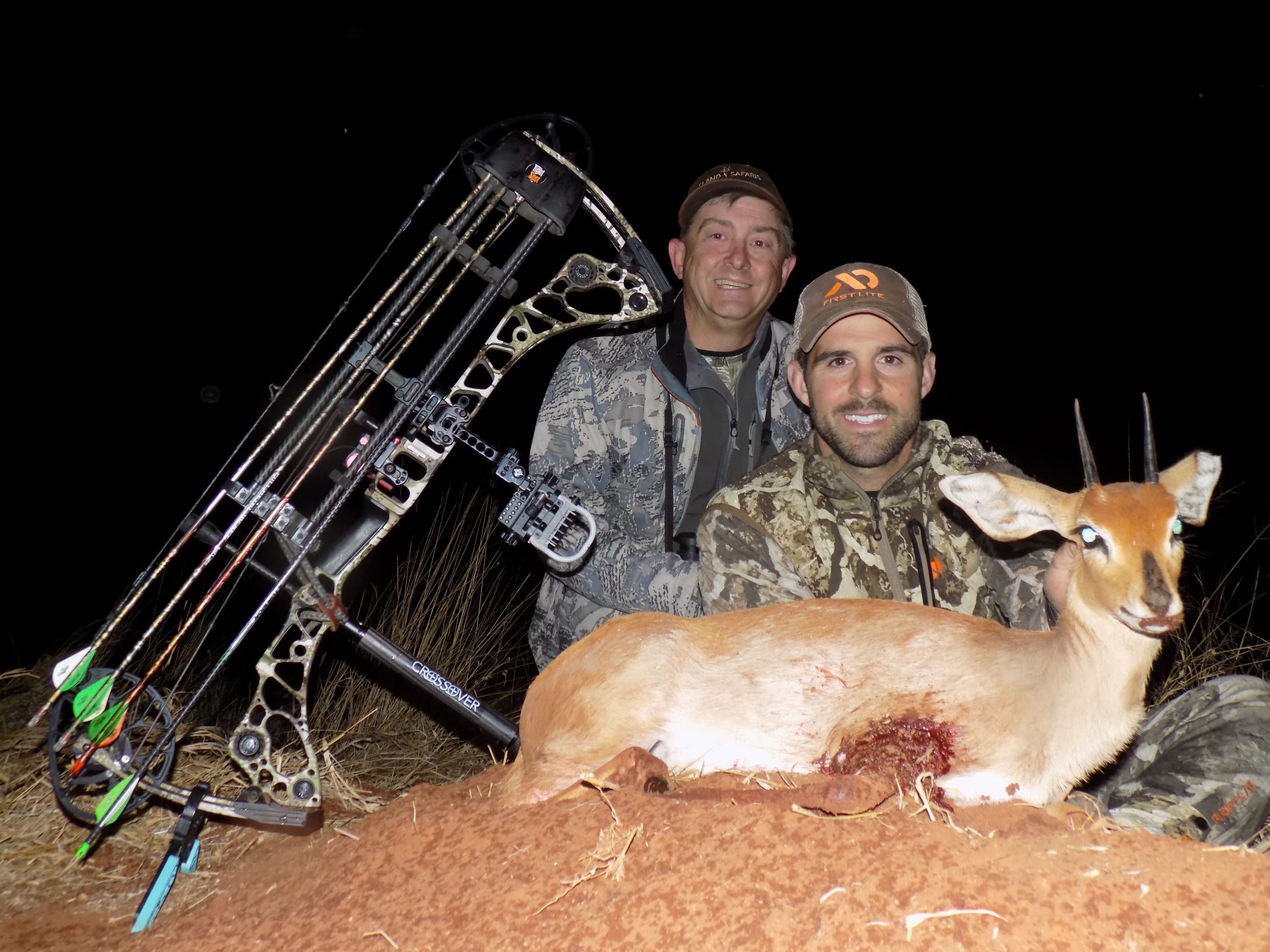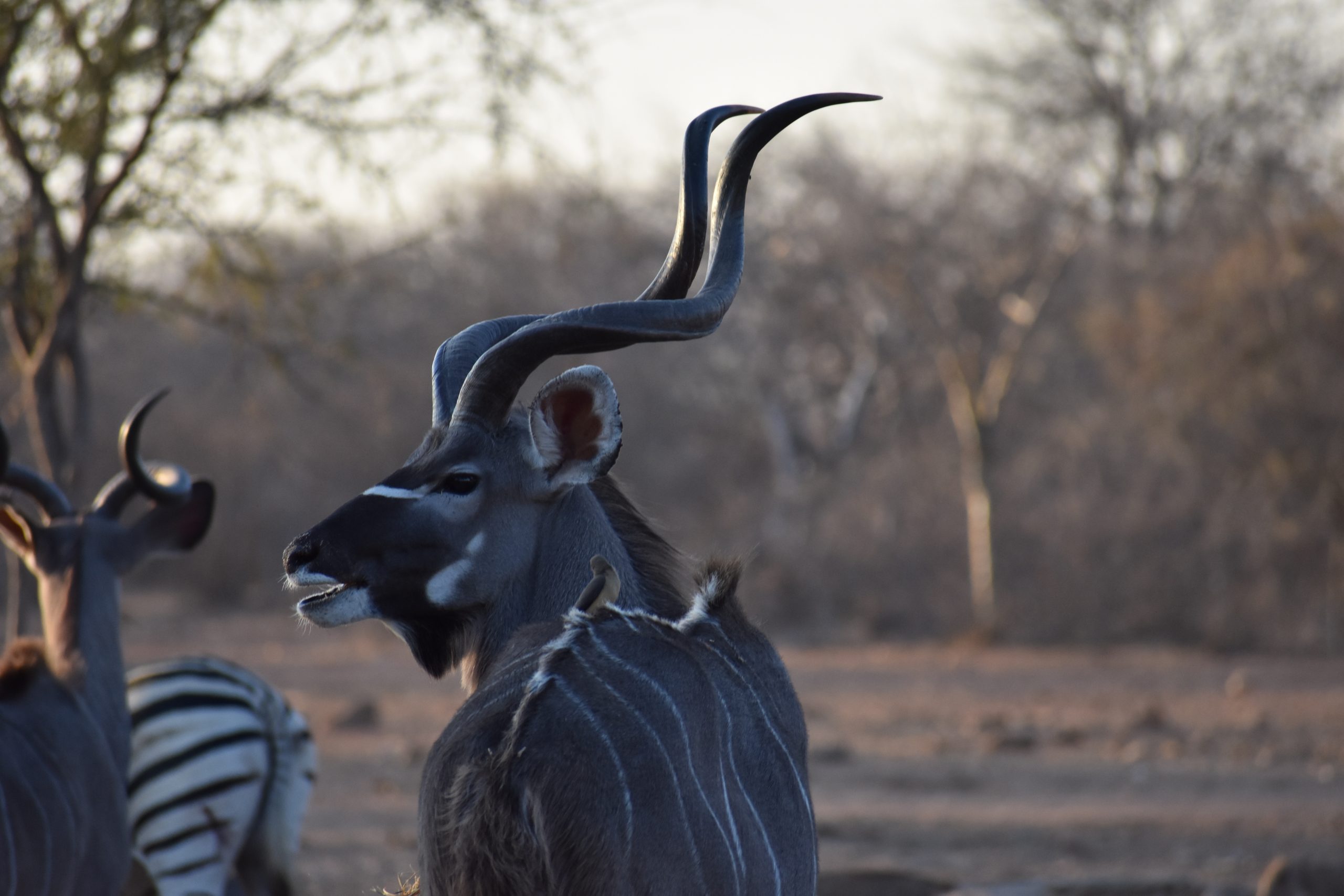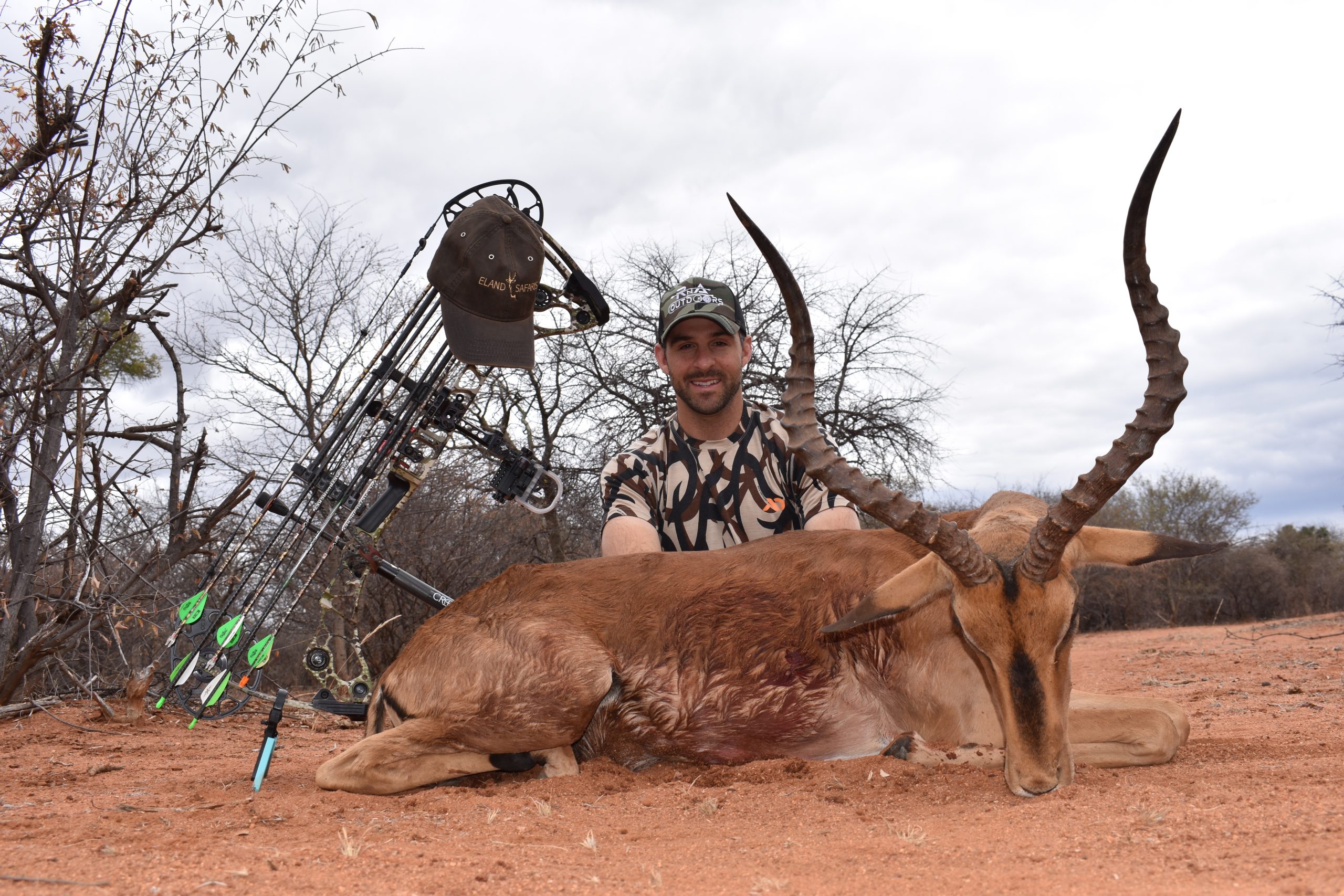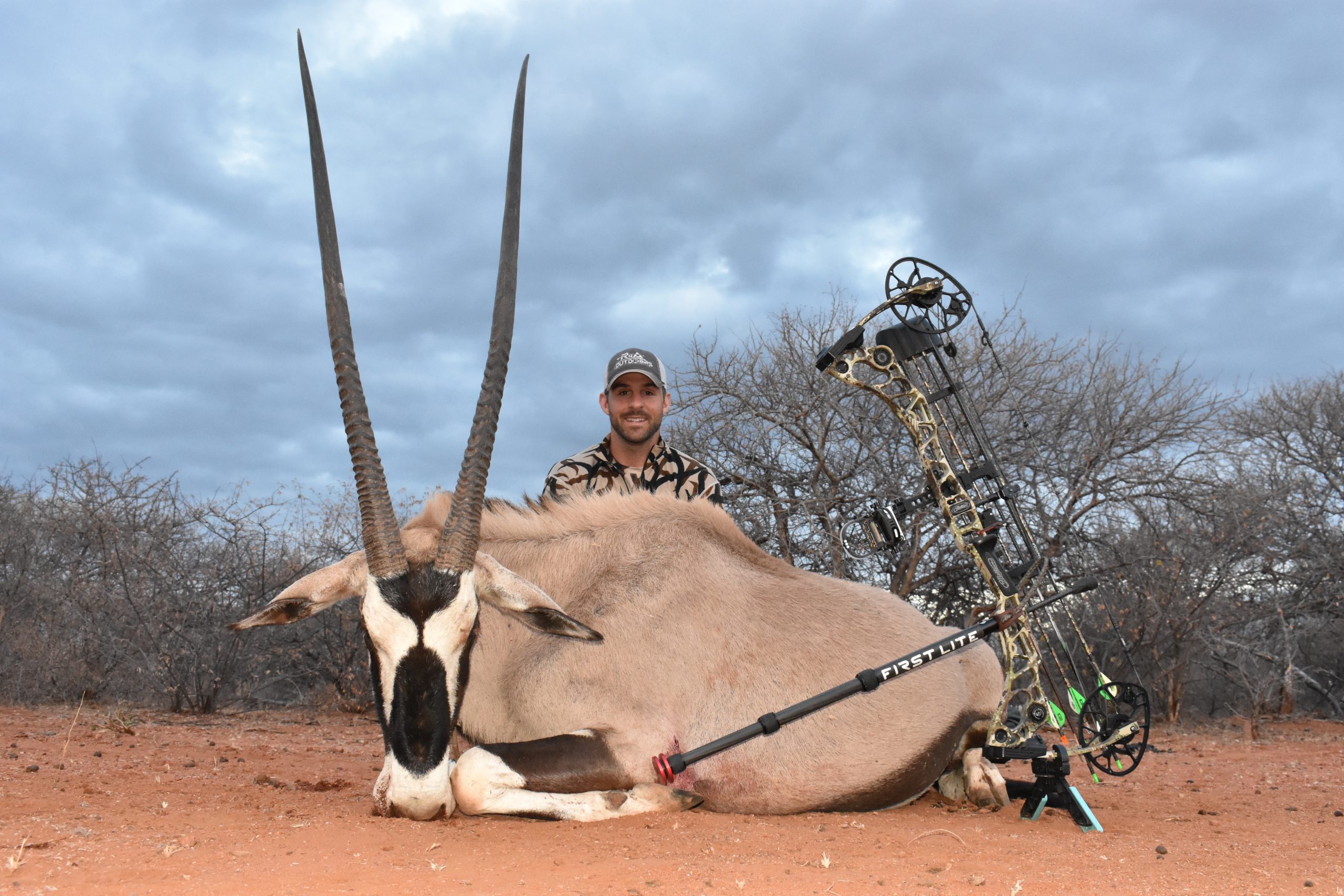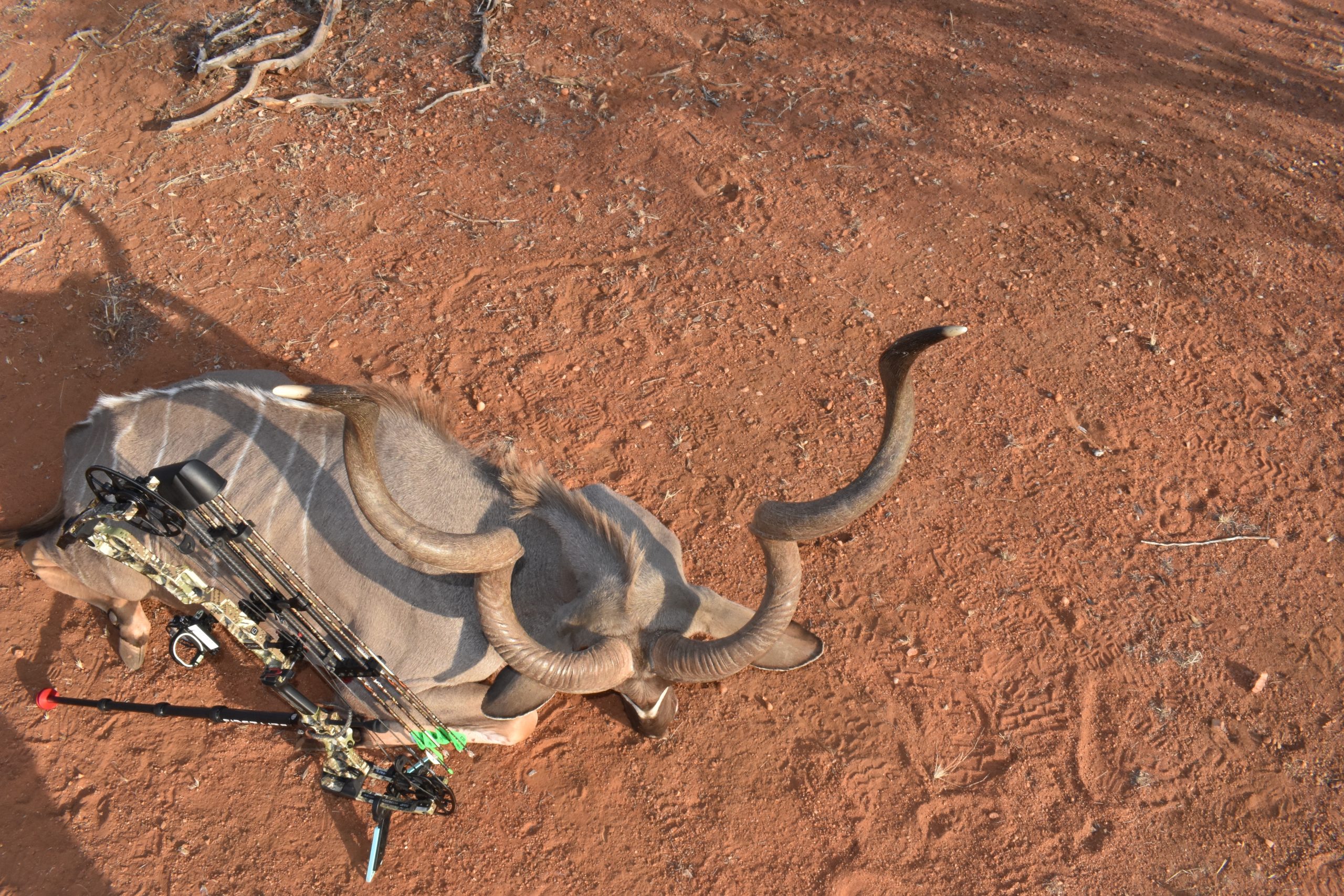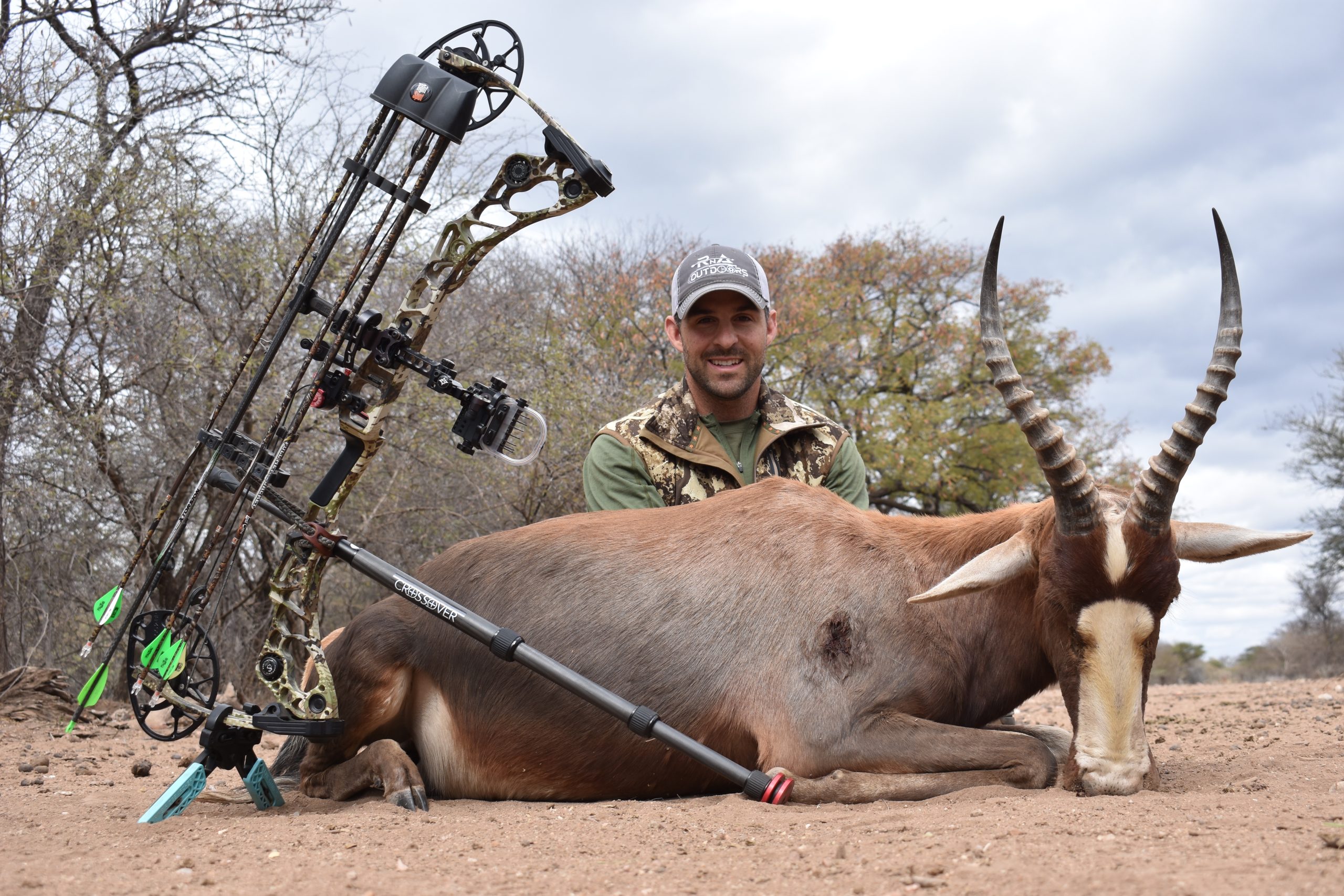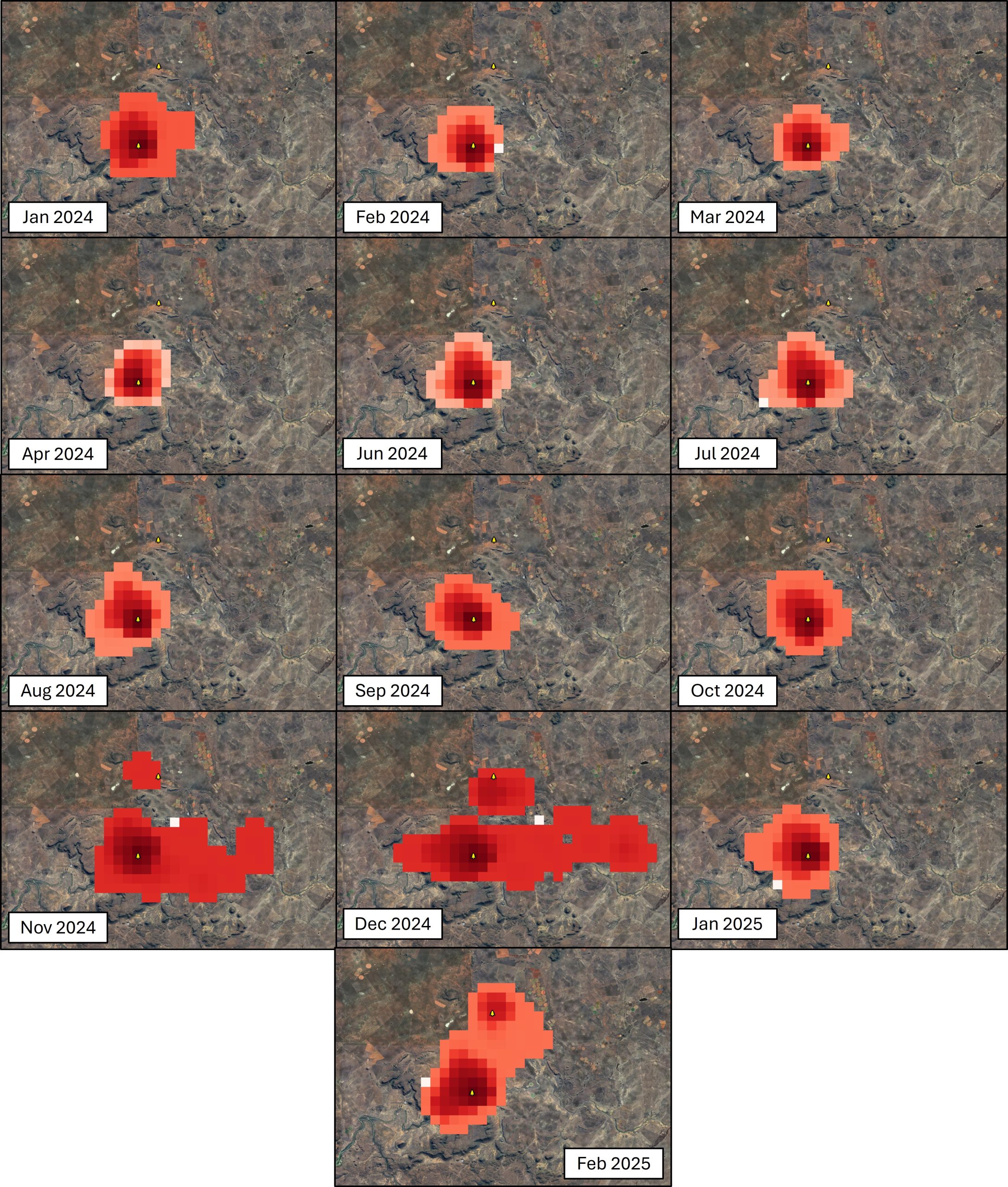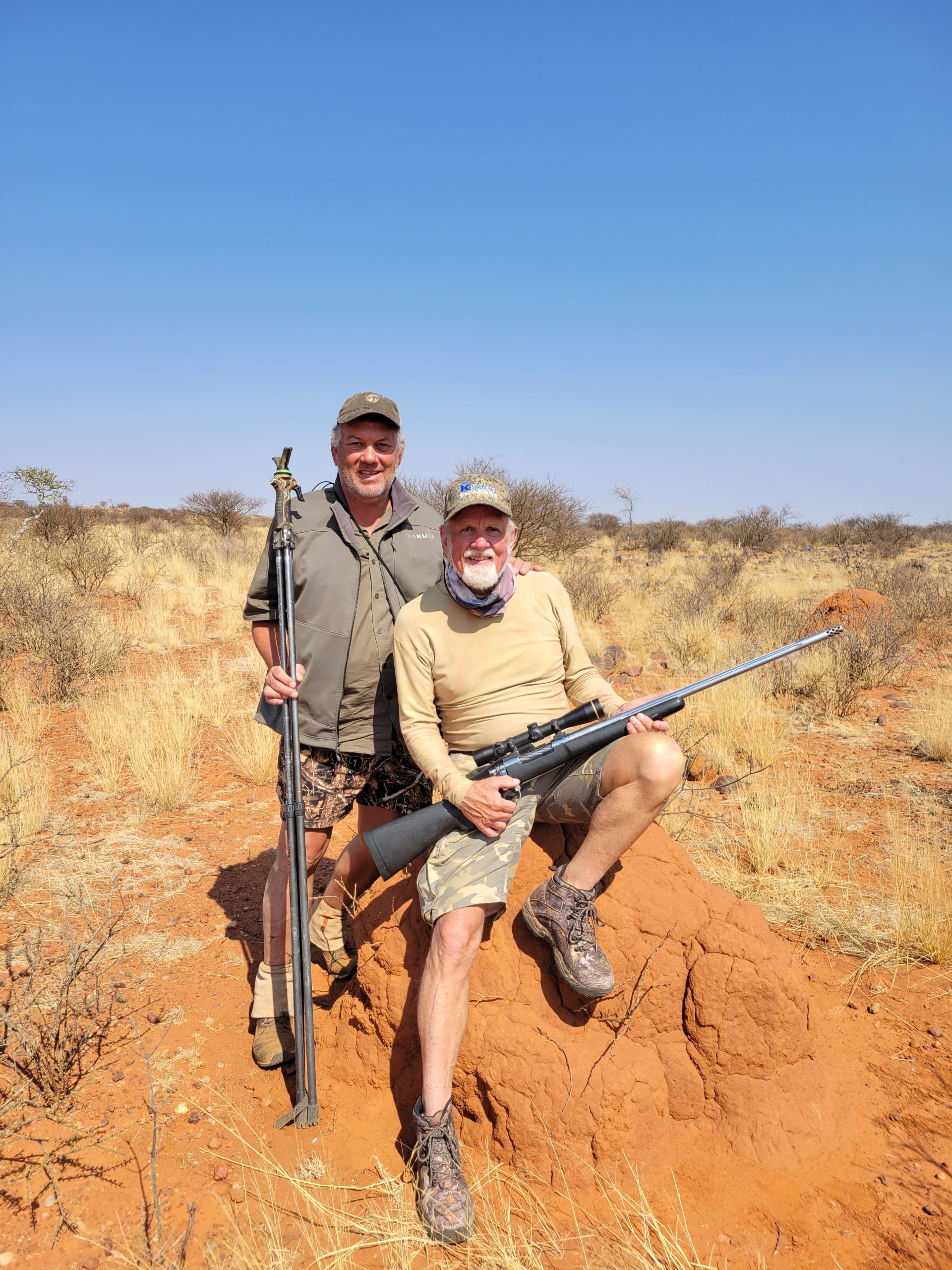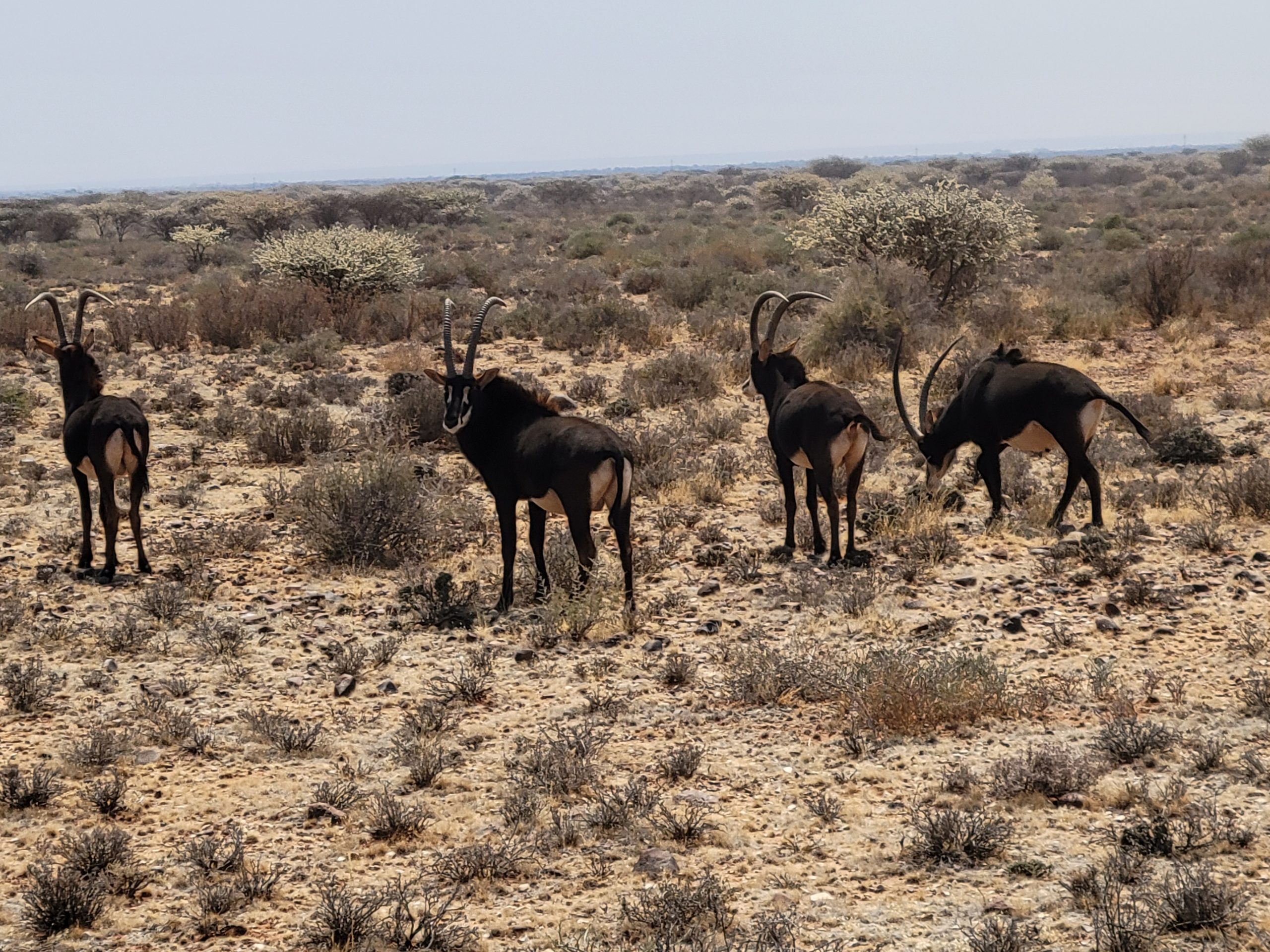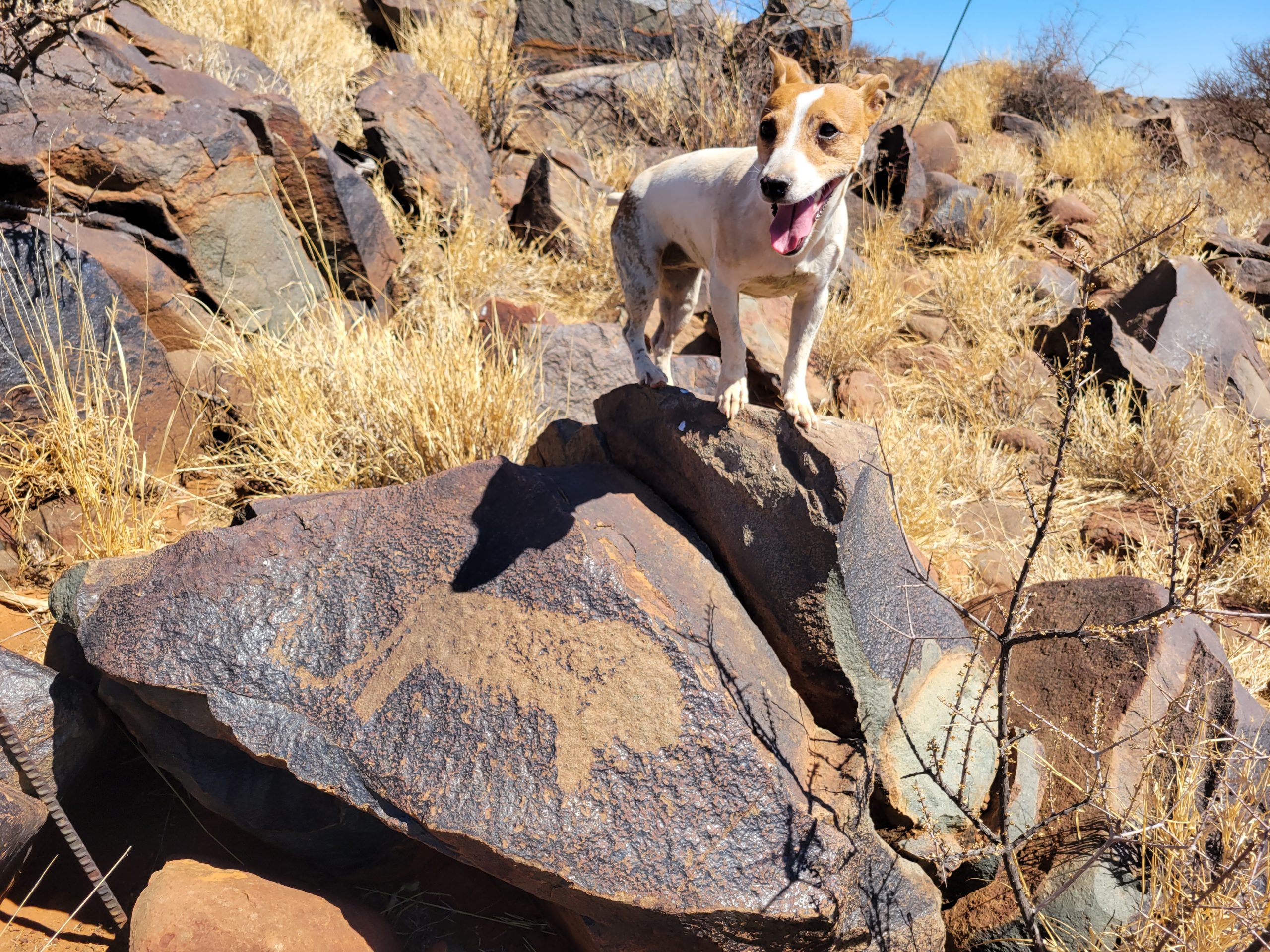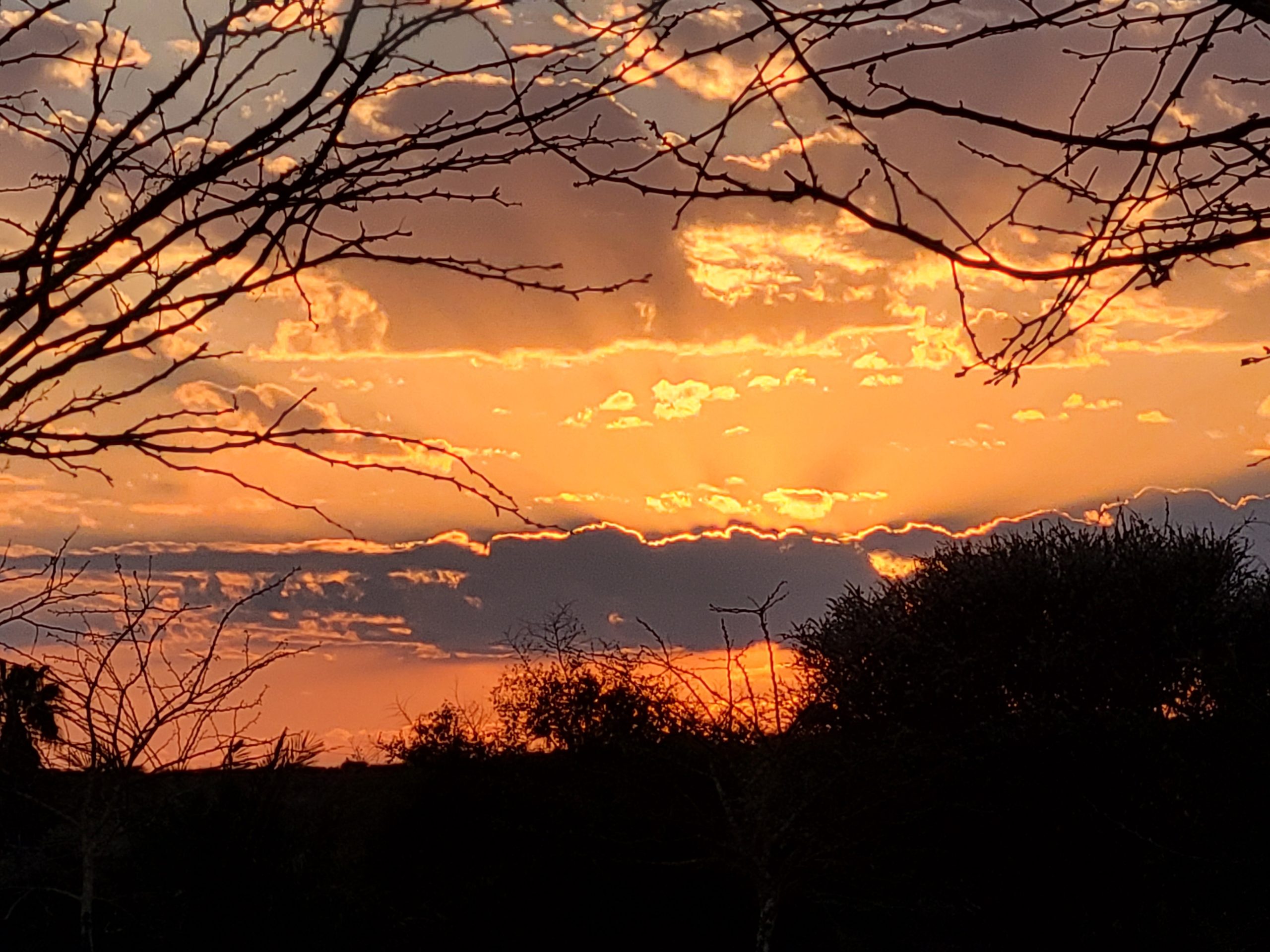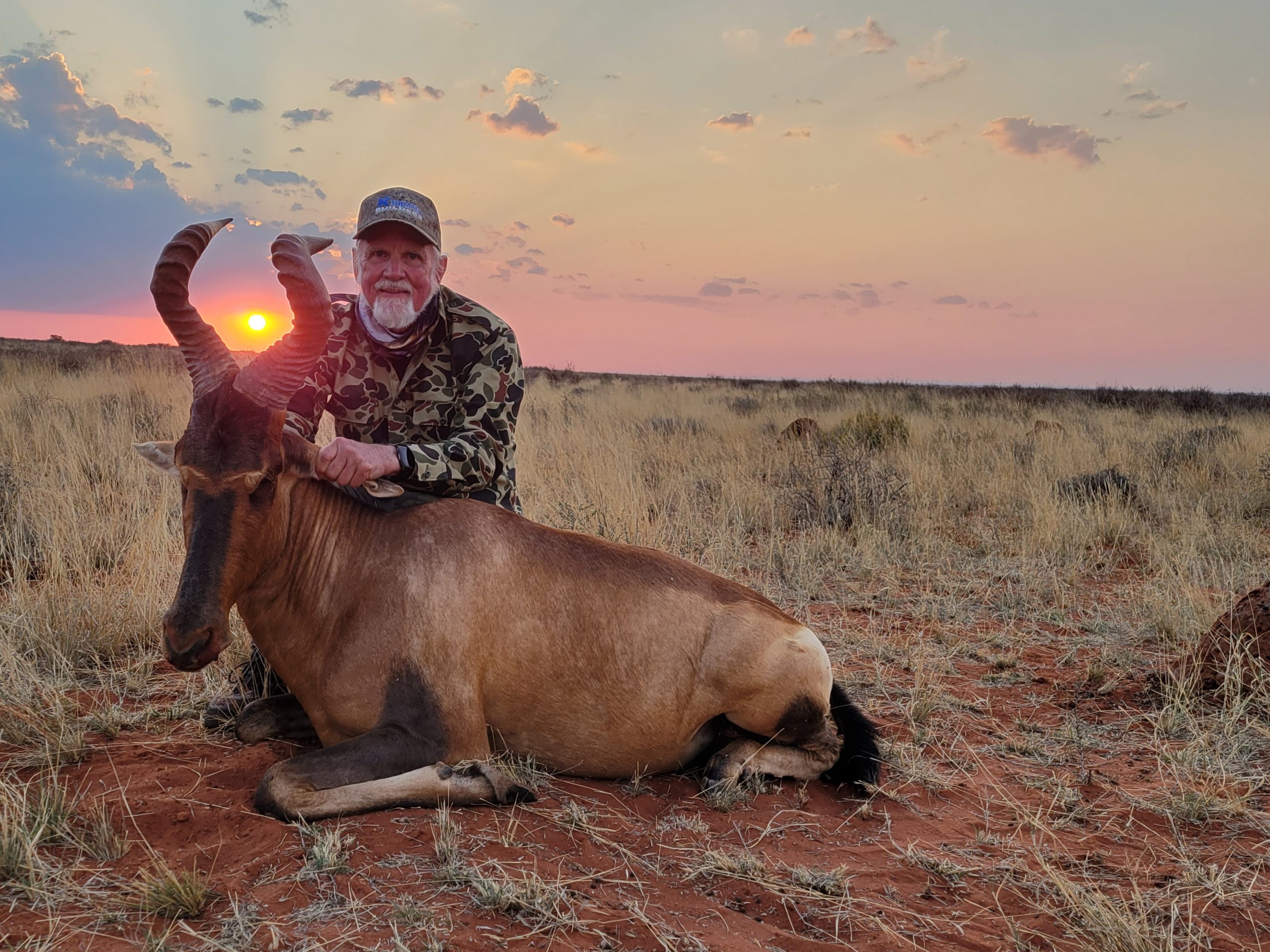Chapter Five
In The Blind
In 1981, my first season as a professional hunter, I was based on a forty thousand acre cattle ranch between Tsholotsho and Nyamandhlovu. I did not know one other person in Bulawayo who was a professional hunter. Of course there must have been a few, but on my limited trips to the city my path did not cross with one until about 1983 when I met Ian Lennox. Ian and I became firm friends until his death in 2006. I mention this to illustrate a point. If a young, learning professional hunter is able to consort with others of his trade, he will learn about hunting far more quickly than one who doesn’t. Of course in the local rugby pub the hunting stories become far more exciting, the game becomes far larger, and the hero’s role in the recent hunt grows with each telling, but the fact remains, that by listening to other hunters successes and failures, many useful things can be learned quickly, in a warm congenial atmosphere – the easy way. These days professional hunters are numerous in Bulawayo and healthy tanned young men sporting khakis and bangles can be found in any social gathering. Unfortunately, due to the shortage of other professional hunters in Bulawayo in 1981, I had to learn through trial and error, and through whatever I was able to read. And therein lay the pitfalls.
When considering blind-hunting for leopard there are three main aspects that have to be appreciated. First where to site the blind, then the actual construction of the blind, and lastly what happens inside the blind.
Siting of the Blind
This was my first error. Like uncountable young hunters or adventure lovers the world over, when I was at school my young mind devoured any book that covered hunting or fishing or exploring of the wild places. Plumtree School boasted a well-stocked library and in my six years there I must have read every single outdoor book they had. “Hunter” by J. A. Hunter, “The Man Eaters of Kumaon” by Jim Corbett come readily to mind. Two things that I read in those days proved erroneous. One, that a leopard has a poor sense of smell, and secondly that your blind should be placed thirty yards from the bait! Had I known better, I would have achieved a lot more success on leopards than I did in my first few years of professional hunting. “The leopard has a poor sense of smell.” How on earth would somebody gauge such a thing? And why would nature, over millions of years, develop a stealthy, perfect killing-machine with one of its main requirements – sense of smell – deficient? I can only think that hunters have interacted with certain leopards, and those leopards have been downwind of the hunters, and because the leopards did not react, the fact that they were indifferent to the hunters’ presence, may have led to the belief that they have a poor sense of smell. The leopard is by far the most adaptable of the dangerous game. They live in so many different types of habitat and terrain, and they have different kinds of relationships with the humans near whom they live. In some areas, like north Africa, it would be the event of the year to see one. In other areas, like southern Masai Steppes in Tanzania, a sighting of a leopard would hardly be mentioned in the villages. The point here, is that yes, a leopard, in certain places, may be downwind of humans and not react. But that does not mean the leopard cannot smell them. In our areas of operation leopard smell well. Far too well, as we have found out the hard way.
Some years ago my wife and I were hunting the Nyaberrera -Naiburmut area in southern Masailand with Ron and Cynthia McKim from California.
The four of us bad walked in to a ground-tied lion bait, but no lion had found the offering. We did, however, see leopard tracks, and some of the bait had been eaten by this cat. We were not hunting leopard and we sat down in the open about 50 yards away to wait for the truck. It was about 5pm, and broad daylight still, when my wife noticed movement by the bait. Here was the leopard! It watched us carefully, walked to the bait, tore a piece off, then glided quickly back into the grass. It did this five times! How easy it would be if all leopard hunting was like this. But things at home in the western Matobo hills, were very very different.
The second gem was the thirty yard blind. National Geographic played a fascinating programme on how the big cats – lion and leopard, survived in the arid reaches of the dry Kalahari in Botswana, once most of the game had moved out following the weather. ln this film they showed a leopard hunting rats in the long grass. The cat would sit there still as a statue, suddenly one ear would swivel to the side, picking up the sound of a scurrying rodent. The cat would turn and slink slowly slowly toward the sound. Stop. Then pounce. One rat for snacks. I don’t know the exact distance that the leopard heard the rat’s movements. But I want to hear someone tell me that nature’s assassin can’t hear two stomach-rumbling, sniffing, moving, flatulating hunters in a blind at thirty yards!
My first bumbling efforts, back in the early eighties, came to nought. I can only think, looking back now at the first leopard I took, that it must have been absolutely desperate for food. My client and I were lying on our backs on a boulder about the size of two motorcars, about thirty yards from the bait. No hide, nothing. Just me, the client, his rifle and my flashlight. It’s hard to believe that I was that naïve about leopards. We killed that cat, and I can still remember today, 24 years later, the excitement that thrilled through me that night as I ran my hands over that beautiful silky pelt.
When I started my own company in 1985 we were hunting in the Kenilworth Estates area north of Turk Mine. We began to hunt with clients who were on general bag safaris with the option of leopard thrown in. Luckily these were not “specialised leopard only” hunts. We failed dismally. We enticed leopard to feed on our baits, and we built our hides between thirty and fifty yards away from the bait. Our hides were constructed flimsily from broken branches and leafy saplings. Every now and then we did take a leopard by pure luck, and that was enough to hoax ourselves into thinking that we were leopard hunters! A curious incident occurred at this time which I should mention here. The ranch we were hunting on was owned by three brothers based in Bulawayo. Henry, Jeff and Mark Sommer. The youngest brother, Mark, was a big, bearded congenial man and he seemed to be the hands-on man in the running of this particular ranch. One day he came up to our camp and asked if we would be interested in assisting the ranch with a problem cat which was decimating the cattle on the northern section of the ranch. I did not have a client at the time and so Russell Labuschagne, who was working for me then, accompanied me to the area on a reconnaissance to see if we could find sign of the problem leopard. We found sign a-plenty! A big male leopard in the company of a female was using two dry riverbeds and a cattle trail quite regularly. The male’s front right track was badly scuffed, and appeared to be bleeding. Every few steps we would find tiny smears and droplets of dried blood. We guessed, correctly as it turned out, that this old male had escaped from a gin trap, injuring himself in the process.
This ranch had plenty of impala, and Russell and I wasted no time in hanging bait in five or six spots. After a few days we found that two of our baits, about a mile apart, had been hit. Although we were slap bang in the middle of the cattle killer’s area, we could find no blood in the pugmarks. We wondered if possibly the wound had healed slightly, or if this was another two cats. Showing our inexperience we decided to sit together at one bait and put poison in the other. What we should have done was take one bait down and sit on the remaining one. However, we located a bottle of Gamatox cattle dip, and liberally injected the milky contents into the shredded meat. Zimbabwe at this time was still caught in the grip of the Matabeleland dissident problem, and bandits were roaming the countryside. Although there had been no reports of dissidents in this area we decided to collect one of the ranch militia men who was armed with a semi-automatic FN rifle, and leave him in the camp to look after my wife and baby daughter, and Russell’s wife, Muffy. This fellow’s name was Tangaai. He was a pleasant individual, smiling his big-toothed smile whenever an opportunity presented itself. Our collecting him that day saved his life. The leopards did not come to our bait that night (our blind was probably too close!). Early the next morning we heard three or four bursts of automatic gunfire to the north of where we lay. Camp was quite a long way to the south, but we were uneasy. We decided to motor back to camp. We found everybody there safe, and oblivious to the automatic fire which had obviously been too far away for them to hear. Reassured, Russell and I had a quick cup of coffee and headed off to check the poisoned bait. It was clear daylight when we arrived and we saw that the bait had been torn apart! This was the first and only time I had ever seen poison at work and I was amazed that these cats ate so much of this chemically fouled meat! It seemed as if they liked it! We were both excited but we were not sure how to proceed. One of the cats had vomited out a pile of the chewed meat about a yard away from the bait. The bait itself was in a small thorn tree which grew out the edge of, and hung over, a dry sandy stream bed about 15 yards wide.
Russell was carrying a 12-gauge pump action shotgun and I was carrying Russell’s open-sighted Mauser .308. We established that the tracks moved upstream in the dry riverbed for about 20 yards and then climbed out using a well-worn cattle track. I was a bit disappointed, as I thought that any cat who had eaten poison would be laying right there, stone dead. The tracks left the riverbed, and angled toward some low koppies about 300 yards away. Soon they left the pathway and we could find no sign of them. I cannot remember the reason, but I was not wearing shoes that day, so we decided that Russell would make his way toward the koppie, looking for sign of the cats. If he saw vomit or tracks, he would whistle for me. Because I was barefoot, I was going to carry on following the riverbed. Safe from the thorns. Russell left, and I made my way back into the riverbed. I had not gone fifty yards when I saw a set of leopard tracks coming back down off of the left bank into the riverbed. I was just about to whistle for Russell, and I don’t know why I didn’t. I decided to see if the tracks climbed out of the sand again, and I began following them. Another lump of vomit. I broke it up with my finger and found that it was warm inside. I now began to move more carefully, and took Russell’s old beaten-up Mauser off my shoulder. Time to pay attention. Not many yards further on I saw a thicket created by an overhanging branch of a Buffalo Thorn tree (Zizifus mucronata). I stopped. Under the thicket, in the shade, I saw movement. For some seconds I could not make out what it was. The thicket was about forty yards from me and suddenly it all came into focus! A leopard was lying down on its side, back toward me, head and neck up, licking something! Its head moved rhythmically, lick, lick, lick. I eased the safety off and the head stopped, swivelled around toward me, and I fired. The cat simply slumped down under the bush. I took about ten steps closer and fired again, but the body lay still. Russell whistled, then shouted far off to my left. I yelled back, reloaded, and walked carefully up to the still beast. It was a beautiful male leopard in the prime of life. Looking back with more experience, I would guess that it probably weighed about 140 to 150 pounds. Russell arrived and we examined our prize carefully. Indeed it was the cattle killer. His right front foot had been broken by something – probably a trap – and had folded over, as if making a fist. The break or wound, or deformity, was old, locked up tight with time. But because of this deformity, this cat bad to walk on the top of his paw, and a large black callus which had developed there was what had been bleeding. He could no longer catch and kill his natural prey and had turned to the “slow impala” – cattle, instead. We half-heartedly looked around for his mate but all we found were two more piles of vomited meat. My shot had hit this animal just touching the inside of the right eye and blown a hole out the back of his head.
We were overjoyed at this, our first effort at problem animal control! This brief interlude unfortunately has an unhappy ending. During the early hours of the morning a dissident group had entered the farm compound where the farm security were housed, and shot to death Tangaai’s two workmates while they slept. These were the shots Russell and I had heard.
Not long after this, the disgusting cowardly dogs ambushed and killed Mark Sommer on the same section of the ranch. Mark was a jovial, amiable, mild-mannered gentleman, well-liked by all who knew him. He was mourned by the whole Matabeleland farming community. Tangaai – convinced that we had saved his life and that it would be foolhardy to continue in his present employment – promptly announced that he was now working for us. He was a good man and served us well for many years.
Once we moved our operations down to the Bubye river in the south east, we began to gain experience and question our modus operandii concerning leopard hunting. Too many fruitless nights were being spent in the blind, often listening to the irritated grunting of a leopard moving away from us. Often that sawing, hollow, pig-like grunting is the telltale sign that things have gone wrong. Over the years we have found that leopard do not call when coming in to a bait. If they do call, it means they have found you, and they are irritated. We began to walk 360-degree circles around our failed set-ups in the morning. We found leopard sign. Either we were not positioning the blind effectively, in relation to the wind and the leopards’ approach, or we were too close. Or both. Things had to change.
Ideally, for illustration’s sake, assume that the wind is blowing from the east, directly to the west. Obviously the blind has to be placed west, or downwind of the bait. No problem. If the leopard is coming to dinner from the east, or north, or south, there is no problem. He will not smell the hunters in the blind as he cannot smell against the wind. But if the leopard is approaching from the downwind, or western side, then there is a problem. These were the things that we had to start paying more attention to. When we found that a cat was coming in to the meat from the downwind, or possible blind position, we put our blind off to an angle from the cat’s approach. For example, if the cat came in from the west, or even the south west, then we would put the blind in the north, or north west quadrant, this way keeping our smell away from his suspicious nose. Occasionally, this would not be enough. If the cat was coming again from the west, but from a long way off, then even if we had the blind 90 yards away to the north, the leopard could still pick up our scent as the wind straightened out into the airflow line again many yards away. To combat this problem we learned to use a double blind. A hundred and twenty yards from the bait is about the maximum that we use when erecting the blind. So using the above-mentioned problem, we would build a blind 120 yards to the north of the bait. This blind would have to be joined to, or part of a large natural obstacle, like the edge of a small koppie, rocks, or huge fallen tree, or even a dense clump of low, well-leafed bushes, not only for camouflage purposes, but to help screen our approach from the second, or double blind. The front of the first, or forward blind must be higher and wider than normal. This is because we would now build another blind, a hundred yards behind this first blind, in the same line-of-sight. A pathway about two feet wide, cut and swept absolutely clean of vegetation, has to be made to link the two blinds. We now leave the rifle, spotlight and battery all set up in the front blind, ready for action. The PH, client, mattresses and bedding all settle down in the second, or far blind. When the leopard starts feeding, the hunters move silently, barefoot, down the swept pathway up to the front blind. This method works very well when you have to counter a leopard’s risky downwind approach, or if the client is noisy in the blind. However, it takes a lot of time to prepare, and the approach must be completely out of sight from the feeding cat. This then, took care of positioning our blinds downwind, and safely away from the leopard’s approach.
Simultaneous to addressing the nuances of wind and cat approach, we threw the old well-written-up “30 yard blinds” into the dustbin. Obviously some people are quieter, or more disciplined, and in better health than others, but even for someone who may have been a sniper in Vietnam, it is just about impossible to remain absolutely still and silent for long periods. Cats are super-predators. Watch Fluffy on your lawn at home. Cats’ ears are forever twitching this way and that, seeking prey, an animal in distress, danger. It is sheer stupidity to wilfully damage your chance of success by trying to outwit a super predator at 30 yards. We were stupid! But not forever. Just about every hunter can hit a bread-plate at 100 yards off of a dead rest, so why were we risking everything by trying to get the client within 30 yards? Why were we trying so hard to get into position to hit a target area the size of a teapot (the cat’s vitals) at 30 yards? I don’t know why. Or maybe I do. I relied on what I had read and what I had heard around the fire.
Whenever we could, we now built our blinds at 80 to 120 yards away from the bait. And we began to have more successes than failures. We began to kill old male leopards, not just hungry females.
Once we corrected the distance of blind to bait, and once we started paying careful attention to where the cat came from and where he went to, and the variables of wind direction, we found, through experience, that there were a few other factors that had to be noted when positioning the blind. A close friend of mine, Ernest Dyason, is a safari operator from South Africa. As his business grew he was forced to start looking further afield for game for his clients. South Africa does not have many leopard, and consequently, does not receive many CITES export tags to enable these animals to be hunted in any significant number, and he began to bring his leopard clients to our areas. Like ourselves, Ernest learned a few lessons the hard way. In the late nineties we were still using the rustic camp on AJ’s property on the Ingwezi river when Ernest arrived for a leopard hunt. I cannot remember the reason that led to Ernest sitting on a bait near what we called “The Armchairs”. Whether he had found fresh tracks there and placed a bait, or whether he had found a calf kill, I do not recall, but we warned him about this spot. An enormous ridge of fortress koppies lies alongside, and right next to the Ingwezi riverbed at this point. These koppies are huge, climbing up to about a thousand feet above the Ingwezi and following the river for about a mile. This ridge of hills, at its northern point, nips into the riverbed itself and over the centuries the granite has been carved out and worn into all sorts of shapes, resembling jacuzzis, hot tubs, great round lumps the size of haystacks, and giant armchairs. Hence the name. These granite formations hold Ingwezi water long into the dry season and baboons, kudu, impala and small game water there at night. And the leopard like that area too. But the leopard not only like the Armchairs because of the water, and the game which the water attracts, they like it because there is plenty of good cover.
Ernest was in the blind with his client by 5pm. Everything was looking good. Wind was steady from the east, the bush noises had settled into normal routine. Ernest’s set-up was right against the northern edge of the hills, on the east bank of the river, facing east, toward the bait.
As he lay on his back contemplating the hunt, his client napped. Way up, at the top of the koppies in front and above him, Ernest watched a Black eagle. The eagle soared, then swooped suddenly downward. as if going for a hyrax. Several times it performed this manoeuvre. The eagle was dive-bombing something. Ernest reached for his binoculars. He had not brought a book and needed something to help pass the last hour of daylight. and eagle watching would work perfectly. He focused the binos, and exclaimed in surprise. “What is it?” his client whispered, now awake.
Ernest was watching a huge Tyson-headed male leopard, which was watching Ernest. It never even looked up at the agitated eagle. It was only interested in the folks in the blind. It crouched there in the late evening sun, about three hundred yards up, only its front feet, neck and head showing. What to do? Too far for a shot. No opportunity to sneak up on him. Ernest decided to wait. Dark fell in like a giant blanket and the cold came with it. One hour, an hour and a half. The dassies began their grating, chattering warning call. The leopard was moving. Another hour. Way behind them, maybe half a mile away, maybe a full mile, the irritated sawing grunt of a leopard moving away. That leopard hunt was over.
We had already been taught this horrible lesson. If we can avoid sitting for leopard anywhere near big koppies, we do. Leopard are lazy. Once they have thirty pounds of meat in their bellies they don’t want to walk the marathon. They want to sleep. They want to drink and then they want to sleep. So if you provide supper right next to the fortress hotel, you should not be surprised when your blind building afternoon is watched from the window. Not only do these giant koppies provide cover that encourages the gorged leopard to stay nearby, they also play havoc with the cooling air in the evening, swirling it haphazardly this way and that. We avoid them, and now my friend Ernest avoids them too.
Another factor that has to be considered when siting the blind, especially on big game areas, is game trails. Complications can arise when elephant, hippo, buffalo or lion are using certain trails and then they find you and your hide have arrived. In big game areas, thanks to Murphy’s school, we learned that tree hides, very high tree hides, are the way to go. These are discussed in blind construction so I will not elaborate here, save to mention that one feels considerably more at ease when lying thirty feet up, above a gang of lionesses at night, than one does down in the grass, at their level.
In our Matobo areas, once I have selected the best blind site according to wind and the cat’s approach, I check that site carefully for unpleasant things like cobra holes, red ant nests and bees, all of which can disrupt a leopard hunt.
In some areas of Zimbabwe there is something else to pay attention to when siting a blind, and that is Buffalo Beans (Mucuna coriacea). This unpleasant plant takes the form of a creeper, and this creeper sports small pods, about two or three inches long which are covered with poisonous hairs. This poison is made up of an enzyme which causes a fierce burning sensation, as well as seratonin which is a toxic irritant. Beautiful.
Towards the end of the Rhodesian war my unit was involved in a large airborne operation into Mocambique, codenamed Operation Urich. The plan was to attack and take the towns of Chocue and Barragem on the Limpopo river, blow the main bridges there and then take on the military base at Mapaai. We were dropped into a forward base deep in Mocambique in the middle of a large area of deserted, dry salt pans. Some of my troops were trying to tear down a parachute which had become tangled in a small thicket. It was late evening, and as I looked up at the ‘chute, I noticed a fine golden dust drifting down out of the tree onto the soldiers. There was a lot of it. It was millions of buffalo bean hairs, and these fellows were in trouble. One of them reacted so violently to the poison that his lips and throat swelled and his eyes shut tight. His breathing became laboured and the medics dosed him with antihistamine drugs, and the following day he was casevaced back to Rhodesia by helicopter.
I have suffered several times from the bean. I was hunting buffalo in the Zambezi valley escarpment with a gentleman from Colorado. This fellow wounded a nice bull which we followed for about an hour. Finally we spooked the buffalo at the edge of a small valley, in the middle of which lay a dense thicket of jesse.
As the bull crashed off I saw a large domed anthill about 20 yards to our left. I sprinted for this hill, forcing my way through several small, dense bushes, and when I reached the top I looked down into the valley and saw our buffalo going hell-for-leather for the jesse. I managed to tumble him with a .460 bullet to the hip, and while he was thrashing around we made our way down to him and my client finished him off. It was a hot day and we were sweating like hell. We hadn’t even taken photos before I began to burn. I was on fire! Damned buffalo bean hairs covered my waist, stomach, legs and most importantly, my crotch. I couldn’t help myself and began to scratch like a madman, but the burning just got worse! ln my frenzy I ripped my clothes off and poured some drinking water onto the ground, making a small mud puddle. I then grabbed the mud and rubbed it into my crotch and rear end, but the relief was brief. Seconds later I was on fire again!
It must have been quite some sight I presented there in the bush, and everyone except me started to find it amusing. My trackers were distressed at my discomfort, but there was not much they could do, and when the client started laughing it was all they could do from not doing the same. Their hands came up to their mouths, and when I tried to lie there in the small puddle, my tormented raw genitalia completely on display, they had to move off into the bushes. It would have been very poor form indeed, to just stand there laughing at the boss’s equipment.
Finally the old government game scout came over and told me that there was only one way to fight the bean and my way was not going to work. He said that I had to just sit there, close my eyes, and not move for five minutes. He said I was definitely not to scratch. Well I was desperate, so I did what he said and it was hell sitting there I can tell you. But he was right, the pain ebbed and finally became bearable.
I couldn’t put my buffalo-bean-infected clothes back on and I must have been a picture walking through the bush, back to the vehicle, with nothing but my rifle and mud-covered nether region.
The last consideration in siting blinds pertains mainly to concession or wilderness area hunting, and that is situating the blind in such a way that you can enter the blind, and leave it, undetected. This is no easy matter. Country-wide, even on private land where you can legally hunt at night, the standard procedure seems to be to sit for the leopard until nine o’clock or thereabouts. Maybe the PH assumes that the client can sit no longer. Maybe he himself can sit no longer, or maybe that hot shower and cold beer around the fire is just impossible to resist. We changed this procedure a long time ago for two reasons. Firstly, no leopards are ever killed in camp. In order to kill a leopard, the hunter has to be in the bush. Yes, in most instances a leopard will be in to the bait between 6pm and 9pm. The majority of leopard we have taken have come in during those hours. But what about the rest? Who is so successful that they can afford to throw away twenty percent of their chance? Not us. We decided very early on that this was a whole night thing. This is, of course, much harder on smokers who need a nicotine fix, and for people who cannot keep still. Some of the biggest cats we have ever killed have been taken in the late hours. Ralph Kieley’s monster at 3.30am, and Fred Herbst’s beautiful male at 3am. I even took a cat once at 6am in the morning after sitting for four nights in a row!
The second reason we put a stop to this 9pm exodus from the blind was because several times, as the hunters stood up and started talking and packing up, the leopard, who was within fifty yards of the blind, gave a startled cough and made off, never to return! There is a way of working around this problem, however, and that is by situating the blind where the vehicle can drive right up to it. This way, as long as the hunters keep absolutely silent until the vehicle is right alongside the blind, any cat nearby who hears and sees the vehicle approach, can be duped into thinking that the danger, the vehicle, has been and gone and has not had any influence on the bait on which he has been feeding. But it is imperative when using this vehicle ‘pick up’ ruse, that the vehicle does not switch off and load and unload anything from the blind, because the cat will go and investigate if it sees activity there. The car must approach slowly, the hunters must get in quietly and quickly and the car must move off. This trick works very well on lion in concession areas when used in reverse. Lions are quite often found on the bait at any hour of the day and when this happens the hunters are faced with the problem of how to get into the blind without being seen by the lions who may be lying in long grass nearby. Once again the vehicle must drive sedately up to the blind and if possible it should park between the blind (but right next to it) and where the hunters think the lions are. This way the hunters move quickly and quietly into the blind unseen by the cats and the vehicle continues on its way. I have taken several huge old full maned lions using this method, sometimes before the vehicle is even out of earshot!
As stated, we do not enter or leave the blind during “leopard hours” unless we have taken a shot. Our leopards are wary, educated, untrusting and smart. The risk of giving away our presence is not worth it and we make the blind comfortable enough for a 13 hour vigil.
But since we are discussing cat hunting in detail I think it would be negligent to leave out this section on blind access in big game concessions. Because of the illegality of night hunting, blinds have to be sited in these areas so that the hunters can get into them and leave quietly and unnoticed by any cat who may be lying nearby. I have taken more big old lions in the early morning on baits than in the late evening. I am not sure why this is. Possibly the big old cats are too wary to come into bait in daylight, and only come in to the meat in the dead of night and are a bit tardy in departing in the morning. In all these cases we have had to make a silent approach to the blind in the
cold blackness of predawn between 4am and 5am. Because of this necessary night-time approach, it does not make sense to place a blind out in the deepest furthest reaches of bush where the clearing of the approach path turns into a major engineering task. It makes better sense to be able to use an existing road as the major part of the approach, so therefore the bait-blind set-up has to be positioned with this in mind right at the start of hostilities. Once again the influencing factors are wind and the intended trophy’s movements. The perfect set up on these big game areas for lion, leopard and even hyena is for the bait to be situated below the blind.
Imagine a large plateau with a hunting road through it. We would make a swept pathway from this road, into the wind, right to the edge of the plateau. Here we build the blind. The bait is placed below the plateau and hopefully is fed on by the fellow with the large feet and thick black hair.
At 4am we leave camp, driving slowly. About a mile from the swept pathway, we see the toilet-paper-wrapped stick which we have set up the day before to mark the place where we need to start walking in. We stop the car and disembark. Rifles are cocked in the cold predawn starlight, and we walk slowly for the measured mile along the hunting road. We come to another toilet paper marker. This is our path to the blind, and it is about two hundred yards long. We sit down and remove our shoes. Our toes are cold and our noses running, we are trying our hardest not to sniff. It is about 5am and still black. Our eyes are now accustomed to the adequate starlight and to the east a pale hint of dawn flirts with the edge of the earth. We now stalk carefully, slowly, step by step toward the blind. We stop. Cracking, tearing comes from the bait. We shuffle the last few yards into the back of the blind, hearts hammering, the cold forgotten. I ease the hunter’s rifle onto the sandbags, he moves in behind it, looks through the scope but it’s too early still; we see only a huge grey shape moving with the hanging meat. We wait for the sky to lighten… This is how a blind approach takes place. It is one of the most exciting things that can be experienced on safari.
This foot approach obviously has a big influence on siting of the blind when hunting on big game concessions. It is a tricky thing, sneaking up on a feeding leopard – they seem to be more aware, more alert than a lion, but if the blind and the approach path have been set up correctly, it can be done. I have made a careful approach and found our leopard on the bait, already feeding, several times on big game concessions and l know of a few other PHs who have enjoyed similar experiences.
Building the Blind
I have already mentioned my feeble but surprisingly successful attempt with Borge Hinsch in the Matopos in 1983, where I had no blind at all. Obviously any blind was going to be a step in the right direction. The done thing, it seemed in those days, was to construct the blind from whatever was at hand – normally cheksaan (guarrie bush) which is an evergreen, densely leafed bush, without thorns, which breaks off easily and grows in most game country. Very handy. Spending so much time as a schoolboy in Matetsi Unit 5 with our friends the Landreys, (Denda Safaris) had exposed me to lion blinds. When Trevor, Kim and myself were not chased out of the way we loved to help construct blinds whenever the opportunity arose. Both in the Kenilworth area and the Bubye river area we used to make our blinds from bushes and then finish off the camouflage with grass. The procedure was to first clean all grass and plants off the designated blind floor area so that only soil remained. This was to cut down the noise factor of crushing twigs and other debris underfoot. Next, we would just pile the previously described bushes on top of each other in a circle around the cleaned floor. The more bushes you piled, the less see-through
was your blind. The end result was a great big new guarrie bush where there had not been one before! One of the problems with these blinds was the noise created every time somebody bumped into the blind walls (twigs, leaves and grass), and with each day that went by without success, the leaves became deader and dryer and noisier by the minute, until you were left with a brown, crackling, see-through blind! One thing which hadn’t clicked in those early days, was that we were building something new in the leopard’s front garden. He may have lived on this twelve thousand acres for more than ten years! Obviously a leopard probably does not remember every bush in his home range, but any new construction, resembling a tribal goat or cattle enclosure was going to draw attention. However, we did score some successes.
Thanks to good old evolution we graduated to what everyone in our camp referred to as “sides” or more accurately “ma sides” as the African staff said. If we were leopard hunting we would press down bundles of cheksaan in the shape of an oblong, about 3 yards long by 1.5 yards high. The bushes were pressed and held into place by saplings and wire. The compressing effect rendered these sides quite effective for camouflage, making the hide much less see-through. There were less noisy pieces to brush up against and they were quick to erect. We used to keep a pile of these sides ready to go in the event of one of the baits being hit. It took about four or five sides wired together at the corners to complete a blind, and minor last minute touches were carried out with bundles of grass and handy leaves. Once again drying up of the foliage limited the lifespan, and they often fell apart under rough treatment in the back of the jeep. But these sides were a big improvement as they helped cut down our time building the blind, and there was less disturbance in the bait area breaking branches and saplings. We later went on to sides constructed from bundles of dead grass. These were completely non see-through and we used them for many years with much good effect. Their only draw back was once again coming apart occasionally in the truck, and also their bulkiness. In the late nineties I started experimenting with various types of material, and I took quite a number of nice cats out of blinds made from hessian (burlap to Americans). I used to paint the outside of the hessian in various camouflage designs and then lay a few bushes and grass against it which completed the “blending in”. The main reason we went on to material as opposed to the grass sides was that occasionally, especially when hunting on government concession areas, we would come across fresh kills (especially lion). If a hunter can capitalise on this by ensconcing himself into a blind immediately, and letting the hunting car carry on, he will often be successful before the sun even approaches the horizon. We needed quick, quiet blinds. The painted hessian worked, but still had weaknesses. Branches placed against the PVA-painted surface, if blown by the wind, made a very man-made, synthetic dry scratching noise. Secondly, the shelf life was not good. The hessian tore easily at the corners, and at slits, which we had cut for the rifle to peep through. We finally moved on to what we found as the perfect solution. I now use grey blankets painted on one side with the same PVA paint camouflage designs. The blankets are durable, easily packed and transported, completely non see-through, and most important, they are noiseless. With sufficient wire and eight hide blankets we can construct a perfect hide in thirty minutes. So much for the material used to make a blind, and how we arrived there. Once again it has to be stated that this leopard hunting business is a very personal, individual thing. Each PH has his own ideas and preferences and cannot be swayed from them. (Although I must say that if someone had shown me how to make a leopard blind using blankets back in 1981, I would have grabbed the idea with both hands, and I would have killed a hell of a lot more leopards than I did!).
I know several professional hunters who use tents as a blind; both the popup variety made specifically for hunting purposes, and just normal back-yard variety tents.
In my limited experience with these, I have found that they are very noisy, both inside and outside and they (certainly some of the ones I’ve seen) create quite a significant new “lump” or feature when completed, and require quite a lot of clearing in order to set up. More noisy activity. Two advantages though which have to be acknowledged, are firstly that the wind, or smell of the hunters, is contained in a closed tent, and negates the worry of a last minute shift in wind direction, and secondly in the case of wet, cold guti weather, a tent is obviously protective and warm. Each to his own. I personally prefer to lie on my back listening to the noises of the bush, and contemplate the fascinating night sky, than sit in a closed tent.
Before moving on to an important aspect of hide building – tree blinds – I will describe our procedure in setting up a blind in order to create a clearer picture for the interested layman.
Remember, when the bait is hung, we have already chopped and cleared an unobstructed shooting lane to where we will build the blind in the event of a hit. This way there is no great noisy chopping activity once the cat has fed, which could alert him should he be lying nearby.
When we arrive at the bait and see that it has been eaten, we walk carefully around, ascertaining what manner of cat has eaten, and in what direction he has departed. Assuming that his departure or pathway does not walk to our blind site, we immediately unload the blind blankets from the truck, and take them, the wire, and pliers to the already previously cleared spot. We then rake and brush the ground, removing all remaining pieces of grass and sticks. Once this is swept clean, we wire up the blankets forming a U-shaped open-ended enclosure. The corners are all wired securely together. While two of us are doing this job, others have walked about a hundred yards or so behind the blind and are gathering camouflage in the form of leafy bushes and grass. These people are not chopping with a panga (machete) or axe, but gathering the camouflage as quietly as possible by hand. Once the blind sides are up, we lay two blankets on the floor of the blind, and we then place two foam mattresses on these blankets. The blankets muffle any scratching noises that could be made by the mattress moving against the ground. If we have the sleeping blankets (these are warm brown clean blankets – not the dirty painted ones!) in the truck, we now make up the two beds. Each bed is made up with three blankets and a pillow.
Once the beds are made we then securely wire up the shooting sticks. These are usually mopane saplings about wrist thickness. If the particular setup requires the hunter to shoot standing, they will be about six feet in length, if he is shooting while sitting, they are about three-and-a-half feet in length. We use six of them. The sticks are wired in such a manner that two tripods are made, and only two legs of the rear tripod are actually inside the blind. These run flat against the front blanket of the blind so that they are unable to be kicked over. The other tripod is set up outside the front of the blind.Once these are dug into the soil a little and wired absolutely securely with no movement evident at all, a sock filled with sand is fastened into the top of each tripod and the rifle is then tamped into these sandbags in such a way that it lines up on the bait. The sandbags (sand-socks) will cradle the front of the stock, and the butt of the rifle, not the barrel. Vibrations travelling inside the barrel, caused by the explosion in the cartridge, can throw a bullet out of line if the barrel is resting against an unresisting surface. Only the back half of the rifle now juts out into the blind. The front half protrudes through a slit in the front blanket. Later that afternoon, when we arrive to sit for the cat, we secure the rifle to the sandbags and tripods with two strips of rubber, each about two feet long. The rifle is now completely secure and even a mistaken bump in the night will not move it off line from the bait. I now check that the rifle is empty of bullets and I seat the hunter as he will be sitting for the shot. I then make my way forward to the bait and position myself in various poses that the leopard may be in when we turn on the light. The hunter aims at me, and I indicate on my body the various angles that the bullet would need to enter. I can never get used to the uncomfortable feeling of being aimed at. Once the hunter is happy with the set up, we rub down the area where I have been moving around, with blood and guts, or meat in order to disguise my scent, and we then secure my warning fishing line to the bait, and unroll it back to the blind. My tracker now takes a leafy cheksaan bush and sweeps the whole area, obliterating all tracks. This is not only for the purpose of removing our sign; we do it so we can have a clean page to read from the next morning. We can now see clearly what transpired during the night, and we don’t have the problem of arguing over which tracks are yesterday’s and which are last nights. Occasionally, when the ground and soil type are too hard to accept spoor, we will empty a bag of soft dust around the base of the tree thereby enabling us to see who has come to dinner. Once the area is swept, no one will walk there until we (hopefully) go in to pick up the leopard, or walk in the next morning to see if anybody came during the night. We now pick up all debris and wire and tools at the blind site and camouflage it carefully. It must blend in perfectly. Whenever possible we build the blind on to, or behind, a large natural obstacle like rocks, big fallen dead trees, anthills, live trees or clumps of bush; that way most of the camouflage is already taken care of. We now leave the spotlight and battery in the blind and remove the rifle and return to camp. When we return in the afternoon we will reseat the rifle, cock it, and close up the back of the blind. Job complete. So much for our standard ground blind.
Tree hides are an important, often-used part of our cat hunting strategy, with both lion and leopard. On concession areas we use them primarily for safety purposes. On private land we use them for several different reasons. Often, when a calf-kill or any other natural kill has been dragged off, it will be stuffed into the thickest brush available to the cat. Once we have followed the drag and found the kill, we are faced with the problem of situating the blind in a position where this kill can be seen clearly. Obviously if there is a hundred yards of thick brush between the blind and the kill, this is a problem. The cat has fed and may be bedded down not far away, so chopping out a shooting lane would not only drastically change the “scene”, it would create too much noise and activity. If a suitable tree is growing anywhere between 80 and 120 yards away and is downwind from the bait, we will erect a tree blind. The blind is built as high as possible in the tree and enables us to see over the brush. Another reason we like to use tree blinds is wind. In some situations, especially when we’ve followed a drag into hilly country, the wind can be influenced by these formations and can become fickle in the late evening as it cools. By getting up, as high as we can, we like to believe that we are minimising the chance of our quarry catching our wind. Most air currents flow parallel, or upward, seldom do they flow down. The third reason is related to the second. Old educated leopard, who have been introduced to blinds before, will often walk in a big circle around their kill before they come in, and if the hunters are waiting there, he will find them. If we are able to climb up to the top of koppie and find enough flat ground there to make a blind, or if we are able to put a blind thirty or forty feet up in a tree and keep quiet enough, we can, and do, sometimes get lucky; the big cat does not detect us on his 360 degree inspection.
Once again trial and error shaped our plans over the years. For many years we used saplings and trees to make our tree platforms. These are labour intensive and cumbersome to work with and often creak when someone moves around on them. The hunters have to possess a certain amount of practical sense too, or disaster, ushered in by Murphy, is sure to appear. Some years ago a well-known professional hunter was hunting with his party next door to Graham’s ranch. These fellows were after leopard and one of their baits which was placed against some koppies about 70 yards from a farm road, was hit. The PH erected a fairly rickety tree blind right next to the road, and in order to brace it more securely, he strung a long piece of wire from the blind to a stump across the road. That evening he and his client were comfortably seated waiting for action, which arrived via the farm tractor and trailer, which was on its way back to headquarters from a nearby paprika field. The fact that the brace wire was across this road, had by this time deserted our man, and they lay there ignorant of the impending mishap. The tractor ploughed into the wire and the blind was torn from its moorings. Client, battery, light, rifles and other paraphernalia came crashing to the ground. The only thing severely damaged was the PH’s ego and reputation, but things could have been much worse.
A colleague of mine from Bulawayo, Wayne Van der Bergh, was hunting on a ranch in the Gwaai Valley with his client from Uruguay. They were after lion and managed to entice two big hairy males on to bait. Wayne and his trackers built a tree blind in a Rhodesian teak tree nearby and that evening they settled in. During the night the tree blind collapsed, and Wayne and his client fell to the ground thirty feet below along with all their equipment. Both hunters were rendered unconscious by the fall and when they came to, they discovered that Wayne had snapped an ankle and the South American had several broken ribs. Off they went to Bulawayo where they received medical attention and a few days later they were back in the Gwaai. They continued their cat and mouse game with the same two lions and finally closed accounts with the bigger of the two! Wayne’s bush engineering skills may not have been tip-top, but his hunting tenacity was faultless!
I have spent many nights in tree blinds in the African bush and I count them in the memory bank with those things, or places, or times, that are marked ‘glad, good, satisfied to have done this’. You’ve worked hard, you’ve planned carefully, and now once again you’re the schoolboy sneaking onto forbidden property with your catapult, knowing that there are big fat green wood pigeons in the thick dark orchard ahead – you have the same exciting sense of anticipation. What will the morning bring, what will the night bring? Stars seem closer, the sky cleaner, the Milky Way’s twinkling smoke seems touchable, and the African night’s symphony is acute. You can never forget the querulous sad cry of that jackal, and you will remember the first far-off lowing of the lion until you die.
I have had no collapsed tree blinds, but one embarrassing mishap doesn’t fade. I was in a tree blind in the Lowveld with a hunter named Steve White, waiting for leopard. At about midnight we decided to throw in the towel and we both snuck into our blankets and went to sleep. We emerged with the dawn and began to pack our kit. “Where’s your rifle, Steve?” He scratched around to no avail. We found the .375 Sako at the bottom of the tree, where it had fallen during the night. But now, snapped off at the stock, it resembled a long pistol. I imagine a herd of feeding brontosaurus would not have roused us from our slumbers that night! My “alert as a predator” woodsman reputation suffered badly at the telling of this tale.
As mentioned, we originally made large comfortable tree blinds, as high as we could get, from cut mopane poles. This was time consuming and heavy labour and noisy to erect. In the Matetsi concession where we were hunting lion, we got around this problem by building about half a dozen tree blinds at known good bait sites, entry points and drinking places at the beginning of the season. Obviously we could not do this with our leopard, as it just took so many different baits, their positioning dictated by so many different factors, that it was not practical.
We finally developed metal bed-like platforms, which were strong, silent and easily manoeuvrable. These are tied to the branches with good strong nylon rope and are very quick and easy to erect. The normal mattresses and blankets go on top of these and the camouflaged blanket sides are tied around the outside. They work very well and I have taken many good trophies, both lion and leopard from these hides.
If the hunter is too heavy or a little too senior to climb well, we make long ladders from mopane poles in order to get him into the blind. I have never had cause to use a dug out “bunker-blind’”. They too are time consuming and labour-intensive, but if somebody had a kill or a bait that had been fed on, and the area was devoid of cover, then this would be the option to use. Leopard very rarely, if ever, leave their kill in the open, so this would apply to lion hunting. A hole is dug large enough to accommodate the two hunters and their kit, and a roof of poles is laid over the top, leaving a slit in front to shoot from and let in air. Soil is packed on top of the structure and it is then camouflaged.
I have taken both leopard and lion from man made structures which the cats, over time, have come to accept as harmless. Structures like abandoned buildings, concrete water tanks, windmills, grain bins, mine dumps – once we even took a leopard from inside an abandoned dilapidated farm trailer! Flexibility and imagination are certainly a great help in outwitting the big cats.
Inside the Blind
Any prospective cat hunter has got to appreciate that what he or she believes, at home, about what quiet is, is very, very different from what quiet really is. Many hunters of course have walked in true wilderness like Alaska and northern Canada, and if they have been able to get away, alone, far from the horses, other hunters, nowhere near a chuckling stream, then they may know what quiet really means. Because outfoxing Matobo leopards is all about quiet. It’s about silence. Much of the attention of our blind hunting, in construction and in siting, is focused on this noise factor, moving our noise further away. But it does not end there. There can be no noise in the blind. The whole hunt, everybody’s hard work, can be ruined in one second of ill discipline. It has happened to me many, many times, and it is infuriating. The easiest way to paint a picture of what goes on in the blind – nearly all of which is moulded around the noise factor – is to walk through the hunt, from settling in, to the actual shooting.
At around two o’clock, shortly after lunch, I introduce the hunter to Harry. Harry (there are two) is a life size cardboard cut-out of a leopard. He is in two poses, sideways and sitting front-on. Harry has beautifully placed holes around his shoulder/heart area. But he also has holes in his guts, back leg, and, in all seriousness, his tail. Some of my baits, also, have bullet holes in them. We set the hunter’s rifle up on the shooting tripods and sandbags, exactly as he will be in the blind. We do this while he is having lunch. He does not know what is going to happen. We want to put him into a situation where he does not know what to expect. We put him under pressure. A bait is hung behind the camp, and Harry is propped up as if eating the bait, or maybe nearby, as if approaching the bait. A blanket is held up by two of the staff immediately in front of the now seated rifle; these two will drop the blanket at my signal, revealing the bait and Harry to the shooter. We make sure that these two fellows have ear protection. Standing in front of the muzzle, especially of a rifle with one of those ridiculous muzzle brakes attached, is extremely dangerous if one is without ear protection. We get the shooter organised behind his rifle, round chambered, safety off. All the time I am putting him under pressure. “Jim, you’ve only got five seconds. Find the cat, centre your crosshairs, squeezeoff. Don’t waste time, don’t jerk the trigger! Are you ready?” All the staff are around us watching, and usually Jim’s hands by now are shaking. I signal the two men to drop the blanket. I start counting loudly. “One, two, come on Jim, find the cat, where’s the cat? Four, five, six”, BOOM!
More often than not the cardboard is badly hit, missed, or the bait has been shot. “I couldn’t find him, I didn’t see him, I didn’t know what to look for!” All this in broad daylight! But it is good. It helps the shooter, and many times I have had clients thank me for this preparation after they have their leopard in the salt. I think it helps get rid of the nerves and it helps give the hunter an idea what to expect. We usually do this three or four times, changing the pose each time. Then we check the zero of the rifle against a target one last time. We’re now ready for the cat. Every time we have done this, the hunter’s shots have been progressively better each time. Harry is completely and utterly dead. The client is confident.
I used to try to get the clients to nap while in camp, but it is almost impossible. They are too wired for the hunt. We check our equipment, load it up, and this is the time that any medications need to be taken. Every time I sit in the blind I will take Sinutab, or a similar product. It is not a good idea to take the red tablets – the ones with benadryl in them, as these make one drowsy. These Sinutab pills dry up the nose and sinuses and help prevent sniffing later on in the blind. I put two spare pills in my shirt pocket. Sounding like a real drug addict, I will often take one Nobese or Lem Slim, or other diet pill. These things are loaded with caffeine and will keep you awake beyond
normal duty hours. Some PHs I know take Bioplus to keep them awake; whatever works.
I should mention here a very common misconception that people have about their own abilities. When we tell our hunter “Jim, you must be awake between 6pm and 9pm. This is when most of the leopards come in. You cannot be snoring and grunting and making all the strange noises that sleeping people make when the leopard is coming in”! Just about every single client we have, chuckles dismissively and says “Hell, I don’t need to sleep so early, don’t worry about that”! and I want to tell you that my guess would be that more than 95% of my hunters will have to be jabbed in the ribs to stop them snoring, exactly in those crucial hours of six to nine! It is really quite surprising. These people are spending more than ten thousand dollars, plus considerable effort in order to shoot a leopard, but they are asleep within an hour in the blind! I cannot count the times where I have witnessed a hunter, who has spent these large sums of money, take the very real risk of undoing everybody’s hard work by giving vent to a full-volume cough in the blind! Our cat has fed the night before, the blind is built and we’re all settled in. It’s prime leopard time. But suddenly the hunter coughs out loud! I cannot understand it!
If I had spent ten thousand dollars trying to get into position to take one of the most beautiful trophies in the world, and that prize looked within reach, I would be smothering my head in blankets and pillows trying to stifle that cough as much as possible. I certainly would not be coughing out loud as if I was back at the board meeting! This idiotic move is usually followed by a half smile at the PH and a very unapologetic “Sorry”. I usually answer with something along these lines. “Don’t apologise to me, Jim, I’ve taken many beautiful leopards – you should apologise to yourself, you’ve just blown ten thousand dollars and two weeks of your own time!”
We’re packed, zeroed and medicated by 3pm and we take off for the blind. Of course some set-ups are only half an hour from camp while others can be two hours away, so we plan our departure so that we will be at the site by four thirty. We need to be settled in by five thirty at the latest, so that the birds and natural bush sounds can return to normal before nightfall. I stop on the way in to see if anybody wants to relieve themselves one last time. It is not good practice to leave the scent of human urine around the blind area but unfortunately this does have to happen occasionally.
At the blind we unload our kit. Rifles, binoculars, toilet paper, books, cough sweets, water, food and cold-weather clothing. Anything with a wrapper, like sandwiches or cough sweets, is unwrapped. Water bottles are unscrewed. We set up the hunter’s rifle on the sand socks, strap it down with the rubber strips, cock it, put it on safe, and make sure one last time that it is aiming exactly where we are anticipating the leopard to be. I check that my warning stick and line are working perfectly. I check that the spotlight is working perfectly. All this moving around and checking has to be done with the staff present. Once the vehicle moves off, there can be no movement or noise, the cat could be on his way in, believing that everybody has left. We have to presume, all the time, that he is nearby.
We now close the back blanket of the blind, the two hunters are inside, and the staff make any last-minute adjustments to camouflage. I like to stand up when I put the light on, because pushing the spotlight through a prepared hole in the blind wall can be noisy and it can restrict my view of the bait. So now I stand up, making sure there are no branches in the way of the light. We remove our shoes. It is truly amazing how much noise a human can make without being aware of it. Put your goose-down jacket on, and go with a friend at 1am into the woods where you cannot hear traffic, where there is no running water. Seat your friend 60 feet away and ask him to put on a pair of those headphones which enables you to hear better in the woods. When you are both ready, cross your arms and then your feet. This is what the leopard hears in the night. But he can hear it at a hell of a lot further than 60 feet. See what your friend says. Unless he is impaired be will tell you that if you wear those clothes you will kill no leopards on your African safari. So we remove our shoes. We clear our throats, cough and sniff for what I hope will be the last time. The trackers receive instructions about where to sleep, what time to pick us up, and they drive off. I have described to the shooter exactly what will happen if the leopard feeds. We are prepared. We click off the safety catch.
I cannot emphasize enough how important the choice of clothing is when hunting leopard, and how unsuitable most clothing that comes with hunters over to Africa is, in general. Not only for inside a blind, but for all kinds of hunting. Europeans seem to utilise far more sensible clothing than the Americans. I do not know why that is. Americans seem to consider light khaki (almost white) safari gear as necessary for Africa, and most of our clients purchase this impractical range. Europeans tend to stick with the far more realistic bush colours of green, grey and dark khaki. If one were to attempt a stalk across an open grassland, say after reedbuck, then light khaki will work. Just as someone hunting polar bear or Dahl sheep will wear white, to blend with the snow. But outside of that example of hunting in dry yellow and fawn grass, those splendid pale safari suits stick out like black coveralls on a snow field. Research says that animals don’t see colour. This may be so, I don’t know. But they also say that they do see contrast, and I believe this. A white safari suit moving in the green/grey scrub so common in Africa, is contrast. This simple lesson is brought home so often to us in a safari season. We lose the tracks of our wounded kudu. The staff spread out in a semi-circle at the far end of the open grassy vlei where we’ve lost the sign, they are maybe three hundred yards away. I lose sight of them. Later I decide to look for them. The first, and only person I see, is the one in light khaki overalls. He attracts the eye. He is not blending with the bush. The other staff, all in drab olive, are invisible. Light khaki safari gear looks great in airports, hotels and catalogues. It is not practical in the bush.
We recommend olive greens, grey-greens and dark khaki to our hunters, and we always ask them to bring a plain old ten dollar sweat suit for wearing in the blind. They are warm, and more importantly, they are silent. Back to the blind.
I have told my hunter, “Please, from 6pm to 9pm, be alert, and quiet”. Six is approaching. The evening cools quickly once the sun has been sucked into the sand in Botswana behind us. Francolin fossick around us as they prepare to roost in the trees for the night. This is leopard time. We quietly pull on our tracksuits and pull the blankets over ourselves. I have found that the more comfortable a person is, the less likely he is to move around. Seven thirty slides past, then eight.
There is a small pond, or dam about two hundred yards beyond the bait. At ten minutes past eight I hear two Blacksmith Plovers suddenly tink tink tinking their alarm call at this dam. They are ground roosters and something has spooked them into flight. Is this him? Is he drinking before coming in? A dassie calls. It must be our cat!
I move silently out of my blankets and motion my client to do the same. Rather move now, while he is still a good distance away. Eight-thirty-five… My warning stick shivers slightly. It moves just a little. Then it bends over double. All our hard work, all our plotting and planning is now bearing fruit. Our leopard is feeding.
In our early years, before we moved our blinds past the 80-yard mark, I used to rely on my ears to warn us of the cat’s arrival. My hearing like many other soldiers, had suffered damage in the Rhodesian war, but my ears were not as defunct as they would later become thanks to muzzle brakes, off-the144 shoulder shooting, and clients shooting near my head without being asked to fire. At fifty yards you can hear meat tear and bone crack. At a hundred yards my wife can hear it but I cannot. There are several warning systems used by professional hunters in leopard hunting. I had never heard of anyone using fishing line before we tried it, but we found that it worked perfectly. The line must be strong or else it snaps constantly from general wear-and-tear and also when the cat hits the bait. If you are asleep at one o’clock in the morning and the leopard snaps the line, you wake up at one-thirty or two in the morning, sleepily check your stick, find it still, and go back to sleep. Problem, he’s eating away at your bait but you don’t know it. We use 80-pound deep-sea line which has some sort of coating on it which prevents it becoming all tightly coiled and sprung with use. I have used the same roll now for about six years. Admittedly it is 500 yards long, so I don’t know how much has disappeared with constant use. I do not go cat hunting without it. Usually we will have our bait in a hanging position so that when the line is secured to the bait and pulled up tight, any movement of the meat will move my warning stick which is secured to the other end of the line.
The “warning stick” is a thin sapling or stick which resembles a fishing rod in size and thickness. When we first started using this method trial and error again taught me a lesson. We used to cut a sapling and leave some foliage attached to it at the top. This way, if I was asleep, the rustling of the shaking leaves would wake me. On two separate occasions I stood up, turned the light on and saw that the leopard was halfway between the bait and the blind walking towards us! We never took the first one but we did take the second. It was only after the second time this occurred that we worked out what had happened. Both of these were still nights. No breeze, and no rustling of vegetation. When the leopard started pulling the meat toward himself he noticed the noisy flailing of my warning stick (bush) 80 yards away and came to investigate! Very bad. From that day on I used a cleanly stripped stick only. Lying down on the mattress, I position the stick in such a way that I can see
it clearly against the sky without my having to move around too much. On a really dark night, cloudy with zero moon, I will hang a white piece of bone about a foot underneath the end of the bent stick. This makes the movement easier to detect. Through spending many, many nights in the blind, it has become a habit to wake every half hour or so and check the stick. Quite surprisingly, I manage to accumulate enough sleep during the night to feel quite rested the next day. But my warning system is not perfect.
In the early nineties I was hunting with Ron and Cynthia McKim from California. Ron was on a general bag hunt at Marula, with leopard required, but not as a be-all and end-all. If we got one, great. We had baits out and one or two were hit by females, but Ron wanted a male or nothing. Ron had allowed one day at the end of the hunt for shopping in Bulawayo. On the penultimate day in the bush, we came across a big male leopard track on Graham’s eastern boundary about two miles from the mountain camp. It was late in the day and as hard as we tried, we could not come up with any bait. When we arrived back at camp that night we found that Ron’s friend John Peck, who was hunting with Graham, had shot a trophy impala. This animal had been completely skinned and gutted, not a very natural looking bait! I decided to make the effort and just take a chance. I sent George with the impala carcass and told him to just dump it at the gate where we had seen the track, not to worry about drags, or blood, or wire, just leave it on the ground. It must have been after 8pm by the time George got the bait down. It worked! The next morning – our last day – we went to see what had happened to our last-minute, last-ditch, effort. The leopard had found our impala, sans skin, and dragged it about two hundred yards away into thick low bush where he had fed on it. We were ecstatic. This situation called for a tree blind and we had one erected by lunchtime. We settled in by 5pm and I felt very confident. But Murphy was watching. The wind came up and brought drizzling guti with it. It was horrible, our tree was swaying this way and that and of course my warning stick was bending constantly with the movement of the tree. It was not moving erratically enough to be a cat, but twice we checked with the light just in case. At about 11pm we crawled underneath our damp bedding, tired, wet and miserable.
Cramped, stiff and furry-mouthed, we sat up at dawn. I noticed that the bait was in a different position than it had been when I had last seen it. It was bright red and well-eaten! Our leopard must have come in the early hours of the morning when we were dead to the world. I was irritated at my failure. I told Ron that we should try again that night, but he declined. He had promised Cynthia that this last day would be spent in town. We all packed up and went into Bulawayo. At about four o’clock, shopping finished and restaurant bookings made, Ron said to me “If this was your leopard what would you have done?” I answered “If that was my cat I would be in the car right now, going like a bat out of hell for Marula”.
“You mean there is time?” Ron asked.
“We would be cutting it fine, but it would be worth a try”.
We took my wife’s low-slung town car in order to travel at the speed required to enter the blind before dark. Ron shot the leopard, a beautiful hundred and forty pound male before 8pm.
So the fishing line works well, but in very windy weather it is not a hundred percent effective. When we have a calf kill or other ground bait to sit over, it requires some cunning manoeuvring of the animal’s back legs in order to set the line so that it will move when the leopard begins to feed. We do this by crossing the far leg over the one nearest to the blind and pulling it up tight. This way, if the leopard approaches any of the meat in the back end (his favourite feeding place) he will move the line. On really windy nights I bypass the stick and tie the line directly onto my hand.
One word of caution regarding using the fishing line method for early warning. If the hunters are sitting near a stream or waterhole, then it is possible that some sort of wild animal may walk into the line during the night, causing a false alarm. Cattle are famous for this. But another place not to string the line is across pathways or bush roads. I was hunting with a fellow named Chad Farace, and we put a tree blind high up in a mopane tree overlooking a stream/road junction. Unfortunately I had failed to register that it was a Sunday, ˗ drinking night for the local population. At about 8pm we heard a noisy bunch of inebriated travellers approaching down the road. Irritated, I waited until they were about ten yards from my bait, then I put the light on. Stunned hardly describes their reaction. My warning line was taut across the track and I issued instructions to the group about avoiding it. I wasn’t surprised when the cat didn’t appear and we soon nodded off. Just after midnight my warning branch began to shake and I quickly surfaced from dreamland. I could hear a thrashing about at the bait. Chad sat up too and I urged him behind his rifle.
“Something there Chad” I said “Safety off?”
“Safety off” he replied.
I hit the light. An old drunk native woman sat in the road hopelessly entangled in my line. “Jeez” said Chad quickly raising his rifle and flipping the safety back on. We were quite shaken and it took us a few seconds to recover. I yelled at the woman but she was befuddled by drink and the strange events unravelling around her, so she paid little attention to the loud voice coming out of a bright light in the sky. Her legs were not working in unison, but the old crone still managed to scuffle and stagger quickly off, dragging my now snapped line behind her. A piece of it must have still been wrapped around her skinny old shinbones because I heard her go down one more time before she moved off once again complaining and jabbering to herself all thewhile.
We laughed like hell and realized that the night’s hunt was over. Chad took a nice cat later in the hunt, and that, coupled with the memories of the old hag sitting in his crosshairs, provided us with some fireside chatter back at the camp.
I should mention here another use for the fishing line warning system. On government concession land you have to shoot your leopard in daylight. No night hunting.
As the last of the daylight is swallowed by the coming night. and your leopard has still not arrived, you are desperate. You felt so sure that today was the day. You feel that he’s nearby, the wind has been good and steady – whydoes he not come in? Is he one of those who only feeds in darkness? It’s time for the ‘escaping bait’ trick.
Without making any noise in your blind, you jiggle the fishing line vigorously, causing the bait to swing around and agitate – almost like it is alive. If the leopard is nearby, guarding his meat, he’ll be up that tree and onto that bait like greased lightning. Maybe he thinks the bait is trying to escape, I’m not sure.
A few years ago I was hunting with a fellow named George Aldredge in southern Tanzania. We had a female and male leopard hit our bait. The first evening we sat, the female came in alone. While we were waiting and watching her, the wind changed and she left. The male did not come in. The next day we moved the blind further away and at a different angle to the bait in case we had been compromised. At last light a leopard came in, climbed the tree and promptly lay down on a big branch near the bait. I had no chance at all to sex this cat and the last of the daylight was disappearing fast. I began jerking our warning line and the leopard merely turned its head and looked at the bait.
In desperation I now really put my back into it and that hartebeest leg began to swing around in the tree like one of those rides at the fair. I was scared the line would break. The cat stood up slowly, ambled over to the meat and snagged it with his right paw – and showed us his nuts! George whacked him perfectly and he was a beautifully marked old male.
Many PHs use various kinds of electronic listening devices to alert them to the cats’ arrival. Some use a light bulb tied into the tree above the bait and wired back to a rheostat dimmer switch in the blind. The theory being that you can turn up the brightness of the bulb by such small increments that the leopard will not be spooked. All these things work to varying degrees. The reason we do not use them is that safari work is hard on equipment, and the more equipment, the more gadgets you have, the more chance you’ve got of something going wrong. And go wrong they do. Twice this last season, a friend of mine has had his equipment break down at crucial moments. First was the listening device and the second time it was the rheostat. He had to wander down to the bait at eight o’clock at night to fix the wiring! By some miracle, they shot that leopard. But once again I don’t want to lecture on what the “correct method” is. I can only explain why we choose not to go the “hi- tech” route. Another primitive, but effective way of alerting yourself to the leopard’s presence is by organising a “booby trap”. If the bait has been hit in a rocky area then a large rock can be balanced precariously, in such a way that when the meat is moved the rock falls away onto other rocks, creating significant noise. Similarly, a dead branch can be balanced in a tree. I have only used this method twice. It worked, but I would worry that an already wary, nervous leopard may scare himself with the sudden noise. I have mentioned previously how small cats could trigger a false alarm, when using a line, but with experience one can tell the difference in movement created by a genet cat and movement created by leopard.
Over the years I have had the opportunity to test several kinds of night vision equipment brought over by clients and until very recently have found them all worthless. Invariably they require too much help from another light source, like full moon, campfire or normal lights. They work around camp but not out in the bush. Some even make an ultra high-pitched squeal, obviously a no-no for leopard hunting! It would take a very serious piece of equipment to see a cat a hundred and twenty yards away on a black night. I saw such a piece of equipment in 2005. A fellow from Brazil had this equipment with him and its clarity was astonishing. Its price tag also, was astonishing, which really takes it out of our leopard-hunting box. But this would be ideal in order to confirm what was eating your bait.
Another way that we are alerted to the leopard’s approach is by alarm barks and snorts from game, such as kudu and impala. Cattle also occasionally warn us. In 2005 I was hunting with Bill Dunavant and his daughter Audsley, who hail from Memphis. We had eventually managed to entice a large cattle killer onto bait. Cattle killers are wary, and to make matters worse, it was full moon too. We erected a double blind set-up in case the cat carried out a 360 degree check before coming in. At about midnight galloping cattle with loudly jangling bells woke us. Could this be him? Fifteen minutes later Bill nailed the killer, a beautifully coloured huge male in the prime of life. All that remains, in our described hunt is to pull the trigger. I wait until the hunter is ready, when he is seated firmly behind his rifle, I stand up and put the light on. We have already discussed in camp what will happen. He is to find the cat in the crosshairs and wait for my word to shoot. This is necessary as the culprit may be a badger, or some other animal, or the leopard may be in an impossible position to shoot. Usually, however, the conversation, in a loud whisper, goes like this. “Shoot Jim, it’s the leopard. In the chest, shoot!” A few small observations on “blind etiquette” which may interest the hunter. I often hear this – “Tobacco is a natural smell, like bushfire, it is no problem to smoke in the blind!” or “If a leopard can smell my cigarette, then it can also smell our body odour!”
Obviously these are offered vehemently by the smoker. I am not a smoker, so this point with me doesn’t apply, but some of our PHs are, and they do not smoke in the blind and we do not permit our hunters to smoke in the blind. The very act of organising and lighting the cigarette is more action, more noise. We try in every single way we can to cut down on noise, and smell. We try to be as unintrusive to the bush and the leopard as we can. Why then would we cut corners on smoking? A cat that has lived his life sneaking around trouble, around people, knows that the smell of tobacco means people, dogs and danger.
In the past twenty five years the rattling phlegmy crackle of a smokers cough has ruined more than a few of our leopard hunts. Luckily, because of the development of hound-hunts, a heavy smoker can still get his cat. Every so often we are faced with the “have to pee” client. This is just one of the things that there is no way of “banning”. Over the years we have tried various receptacles that a person can pee “quietly’’ into. There are none. We have found that the quietest way of getting this job done is by rolling to the side of the bed and urinating onto the ground. Very little hassle. Should this become a big issue, there is nothing for it, but to use the double blind, where one can move about a lot more freely. This double blind (made far away) is about the only answer to loud snoring too, although most people should be able to stay awake for four hours or so. For those folk who are able to stay awake until nine or ten o’clock but then snore like machinery, we find it best to do the “jeep to hide” trick and go back to camp.
A few years ago I was after leopard with a fellow from California. We managed to entice a notorious leopard we had named the Chavakadze male, onto a ground bait. I was thrilled as this was not a student at our University of Smart Cats. He was a professor, and I wanted him badly. The lady stayed at camp while the husband and I sat. By 5.30 he was snoring. This, though, was not snoring. It was a hideous, loud pig-like roaring that sounded painful. At first I was perplexed and worried. I woke him several times but it seemed he was not interested in the cat at all! After that I was totally angry and resigned myself to the fact that we were not going to see any leopard. The Chavakadze male added another few notes into his already bulging book on leopard hunters and never showed himself.
At ten o’clock I dragged my mattress and blankets a hundred yards away so I could at least salvage a decent night’s sleep. My hunter never even woke up. A few days later we sat on another feed, this time a medium male. Our man now knew his severe limitations as a hunter and decided that we would only sit until 9pm. We left the blind at 8.30, educating that cat too. The icing on the cake was when he arrived home and complained by letter, to me, that he never even had a chance at a leopard! Thankfully, in my business, occurrences such as this are not common.

